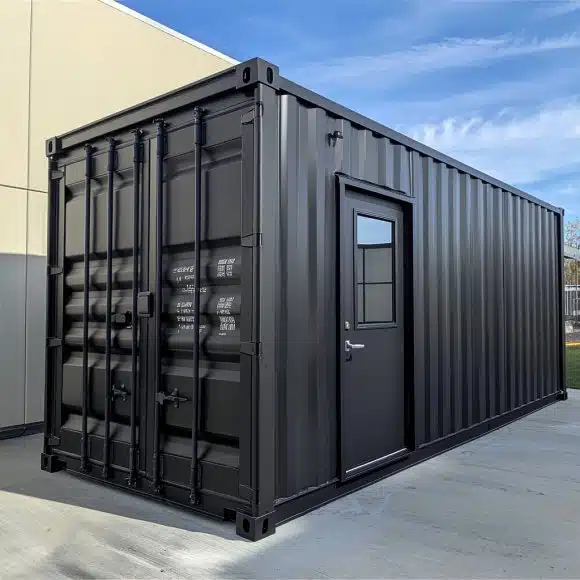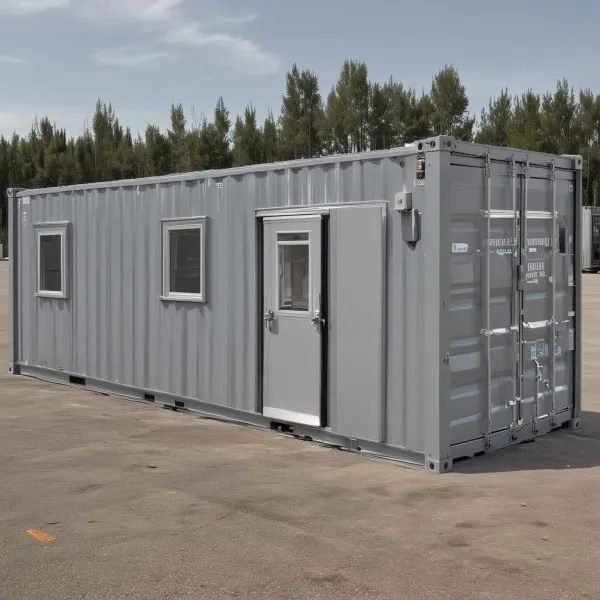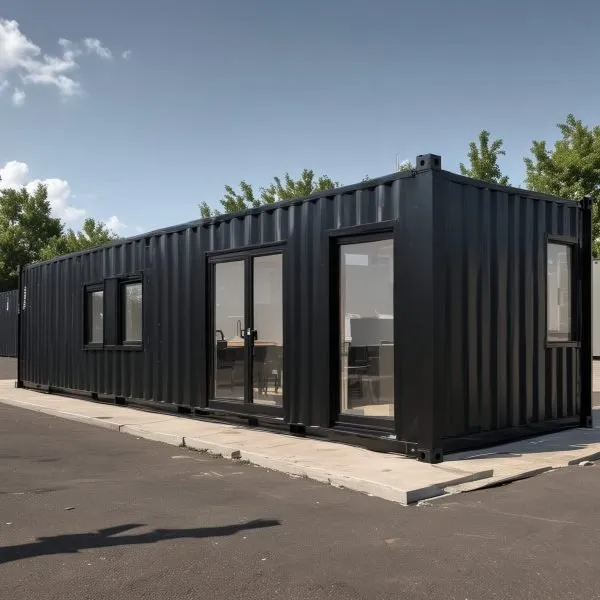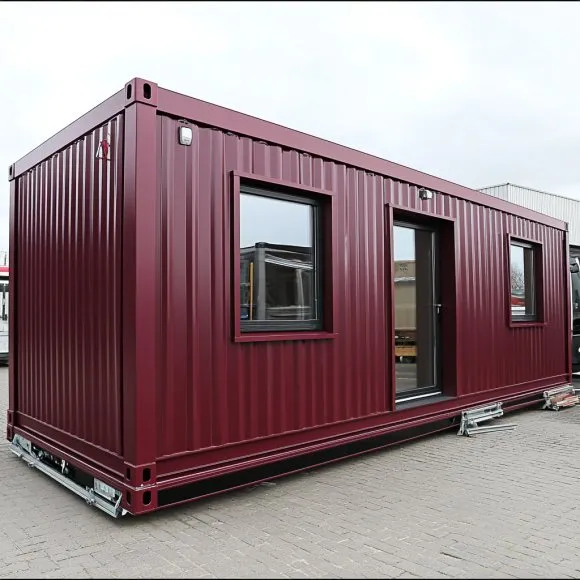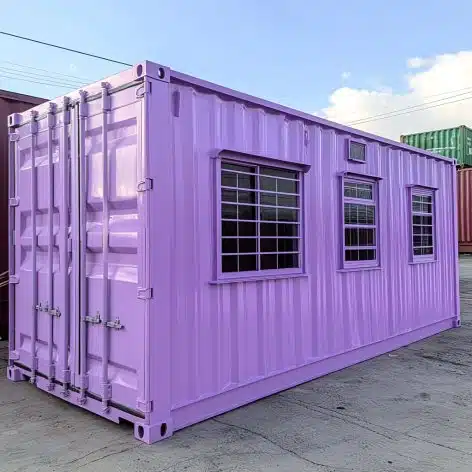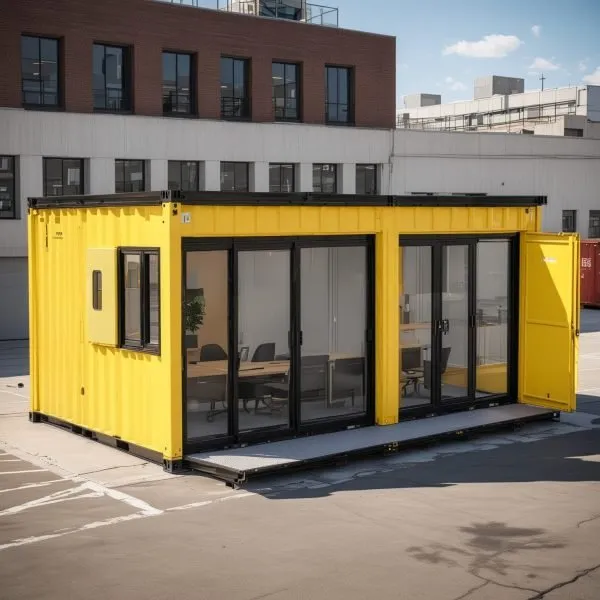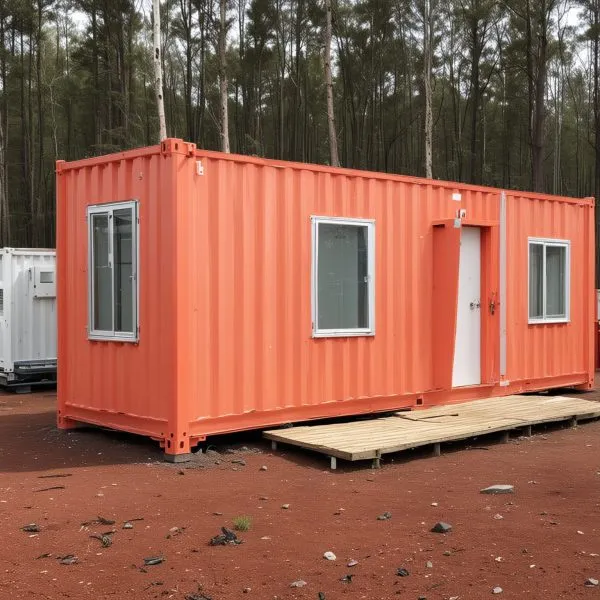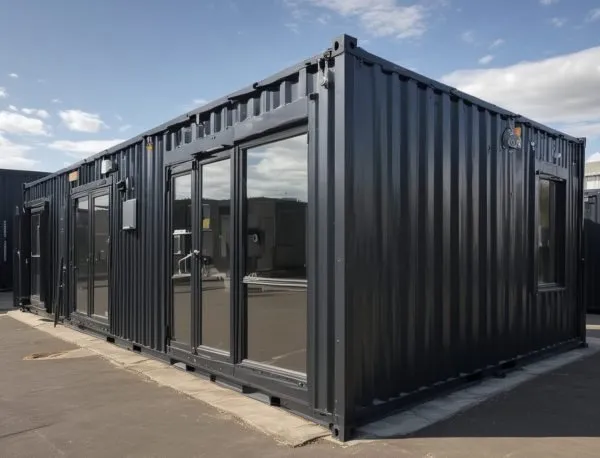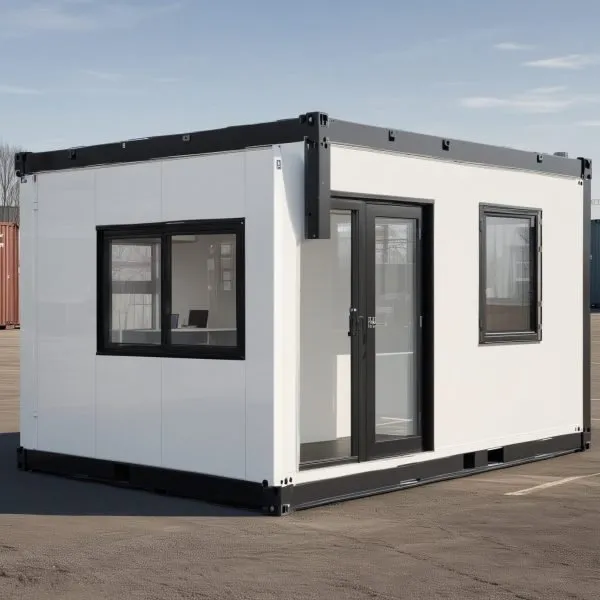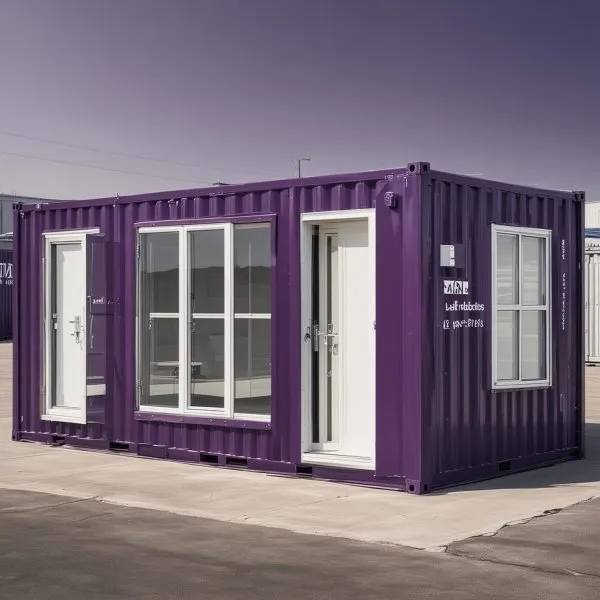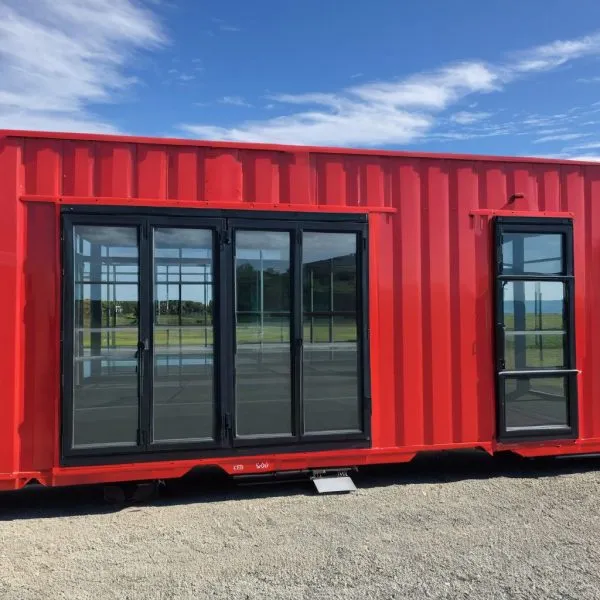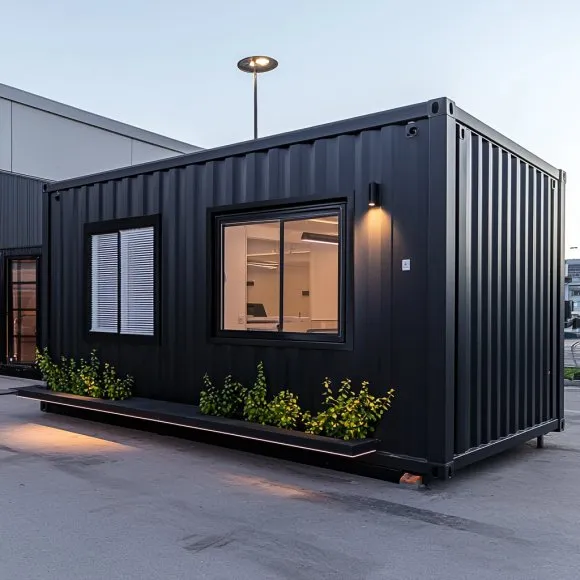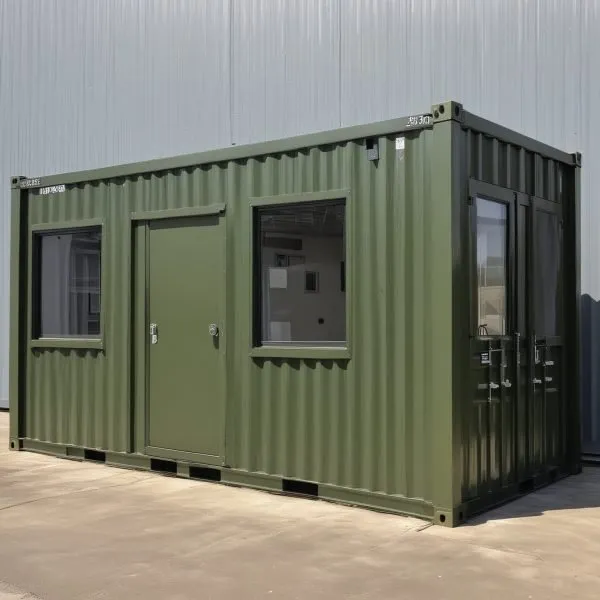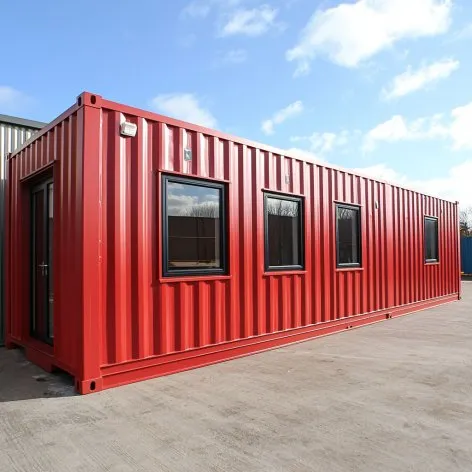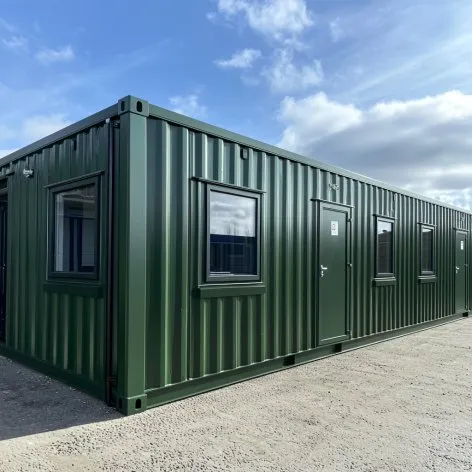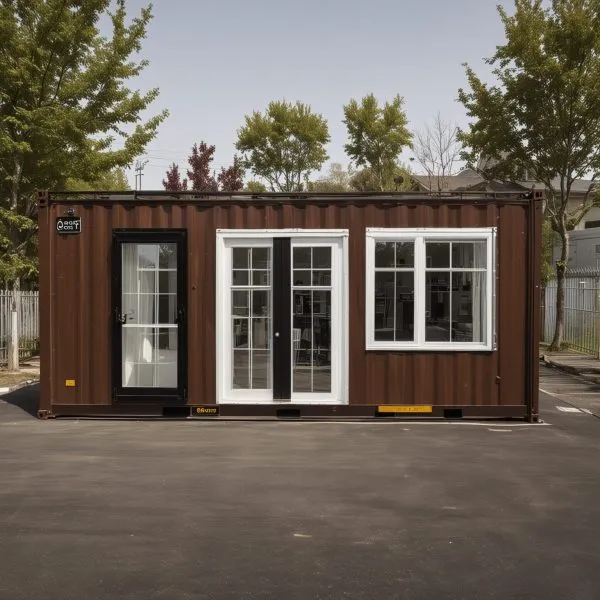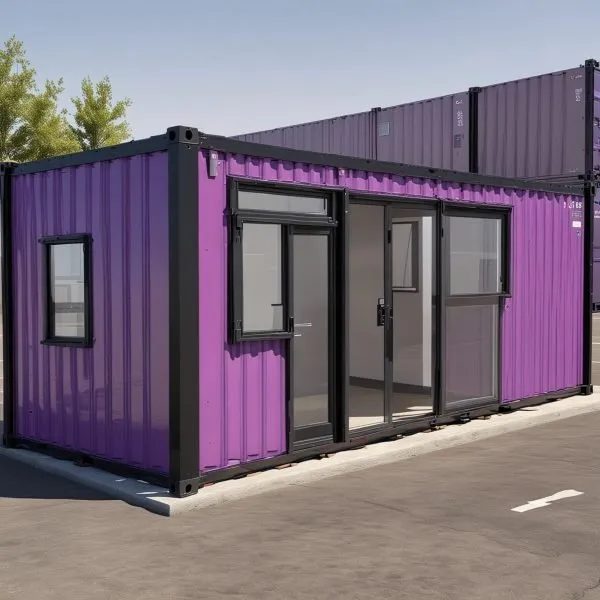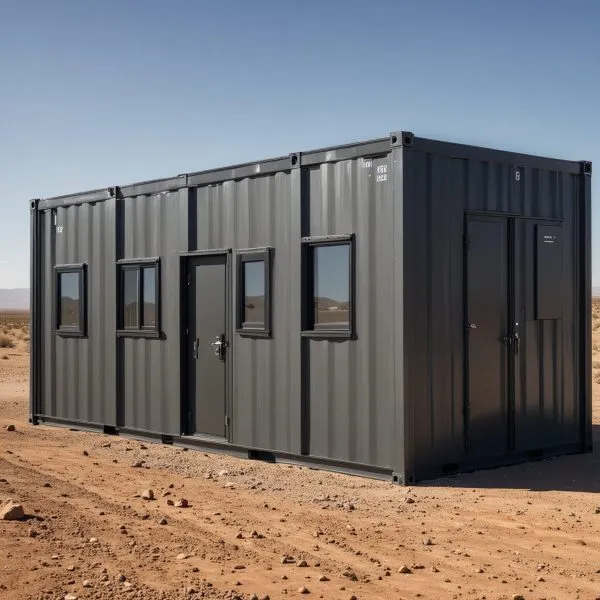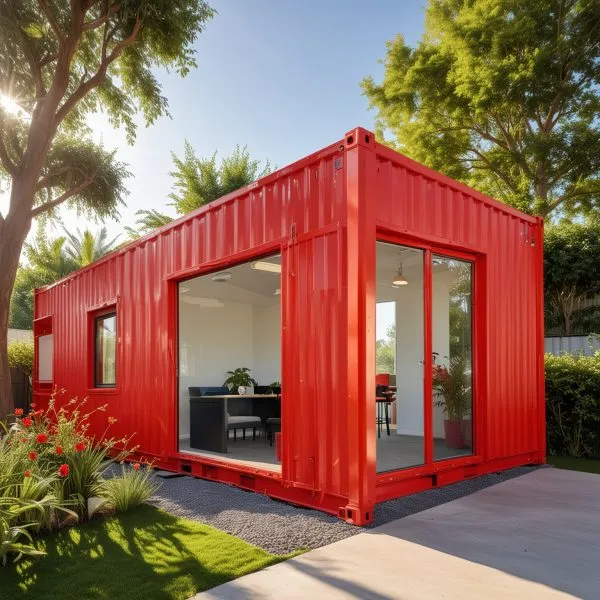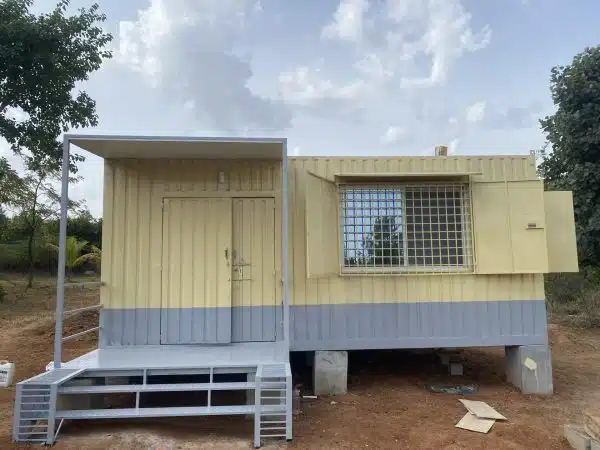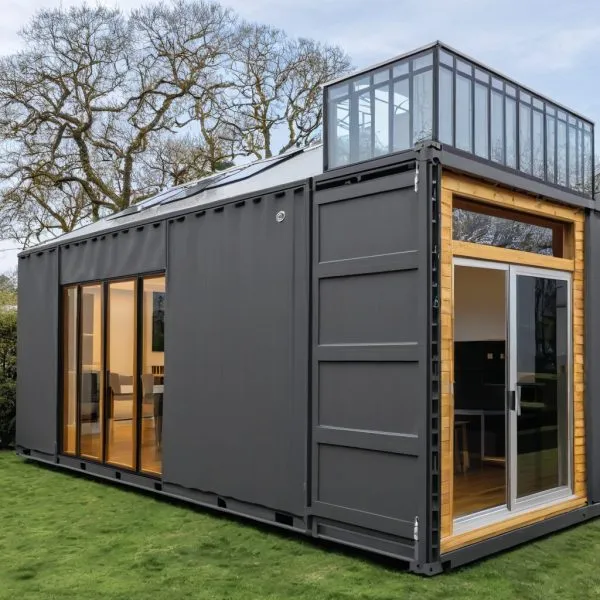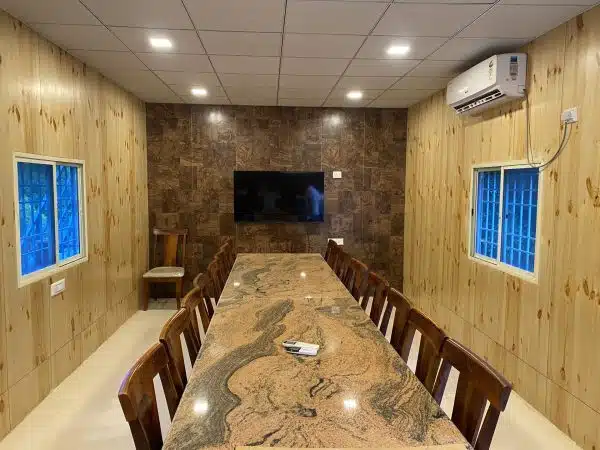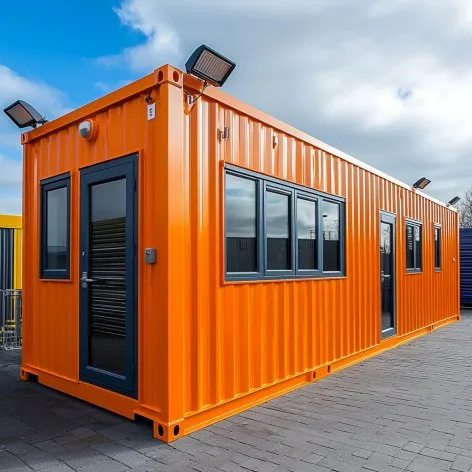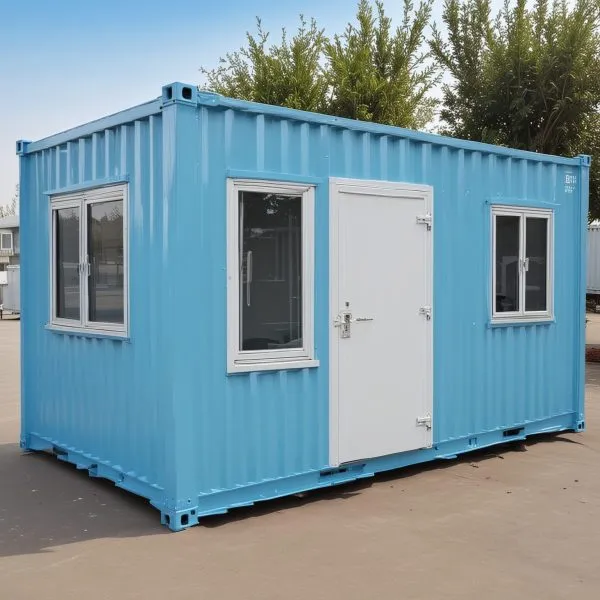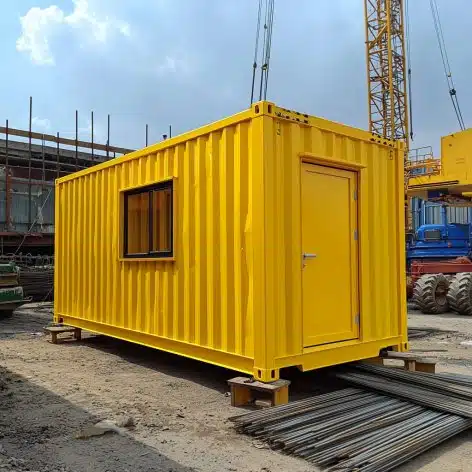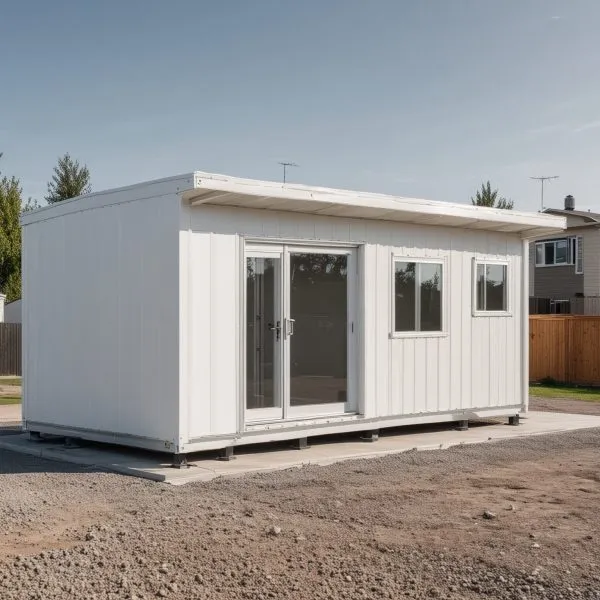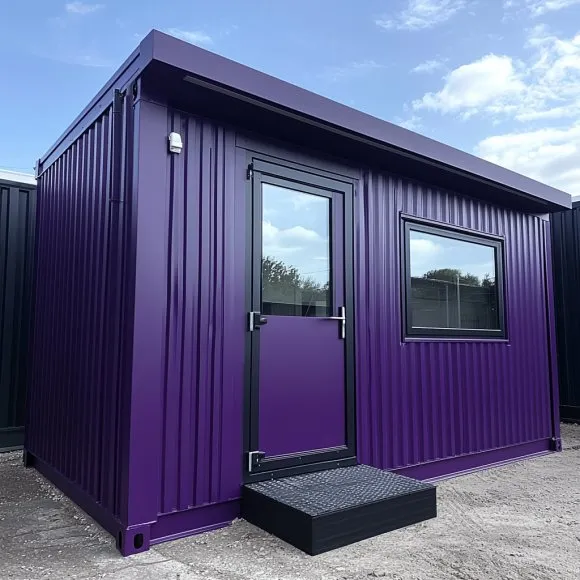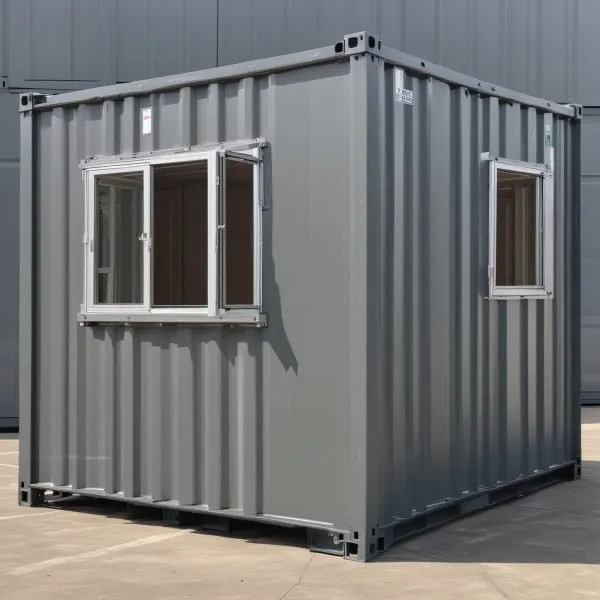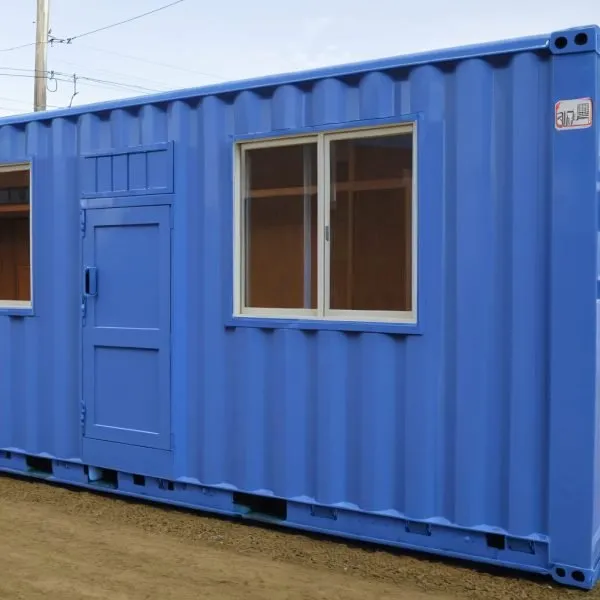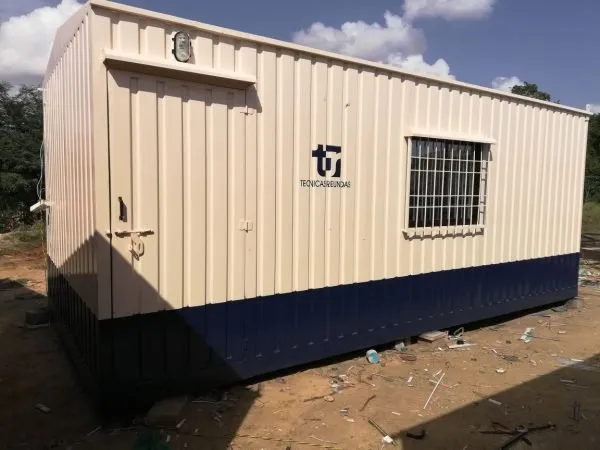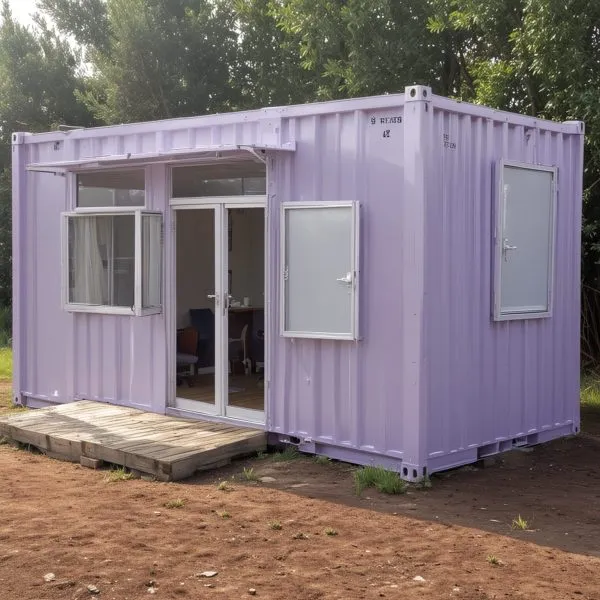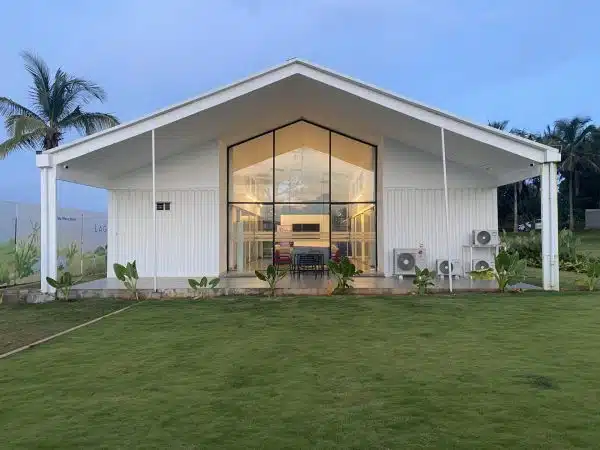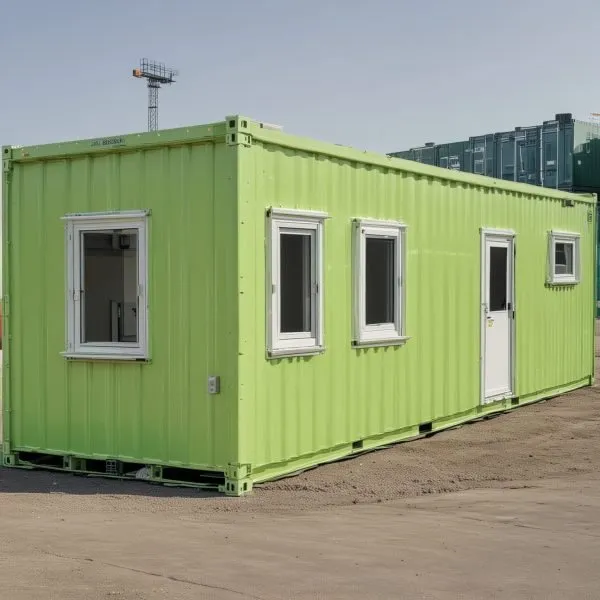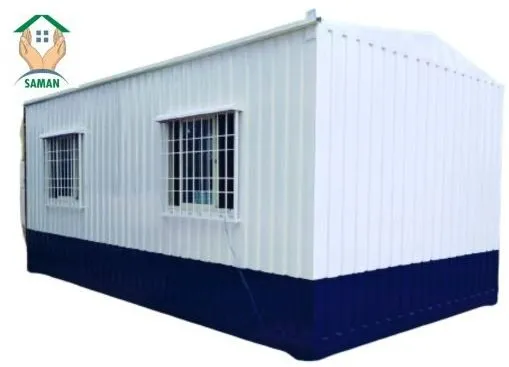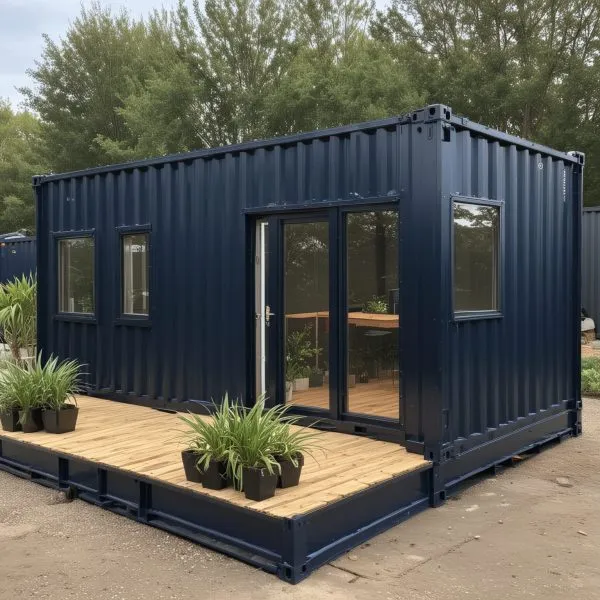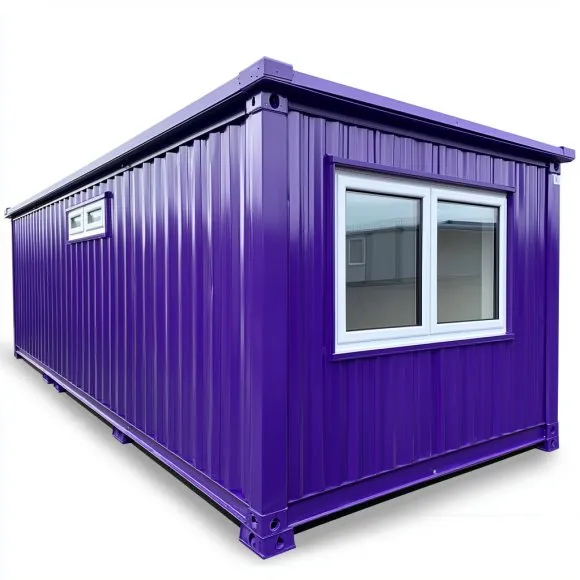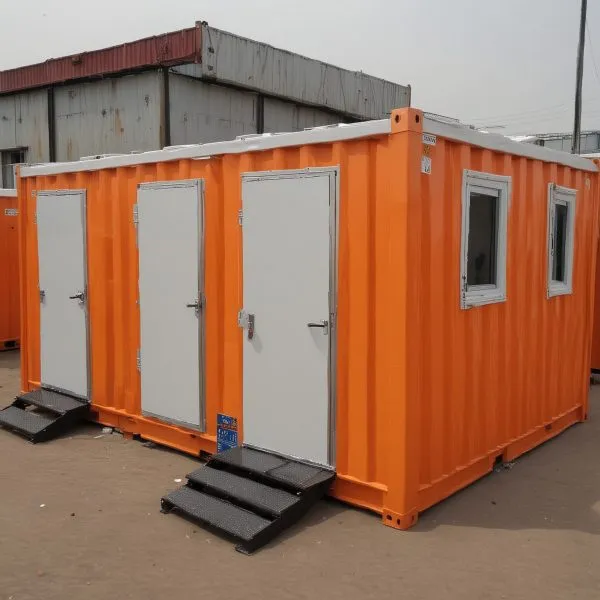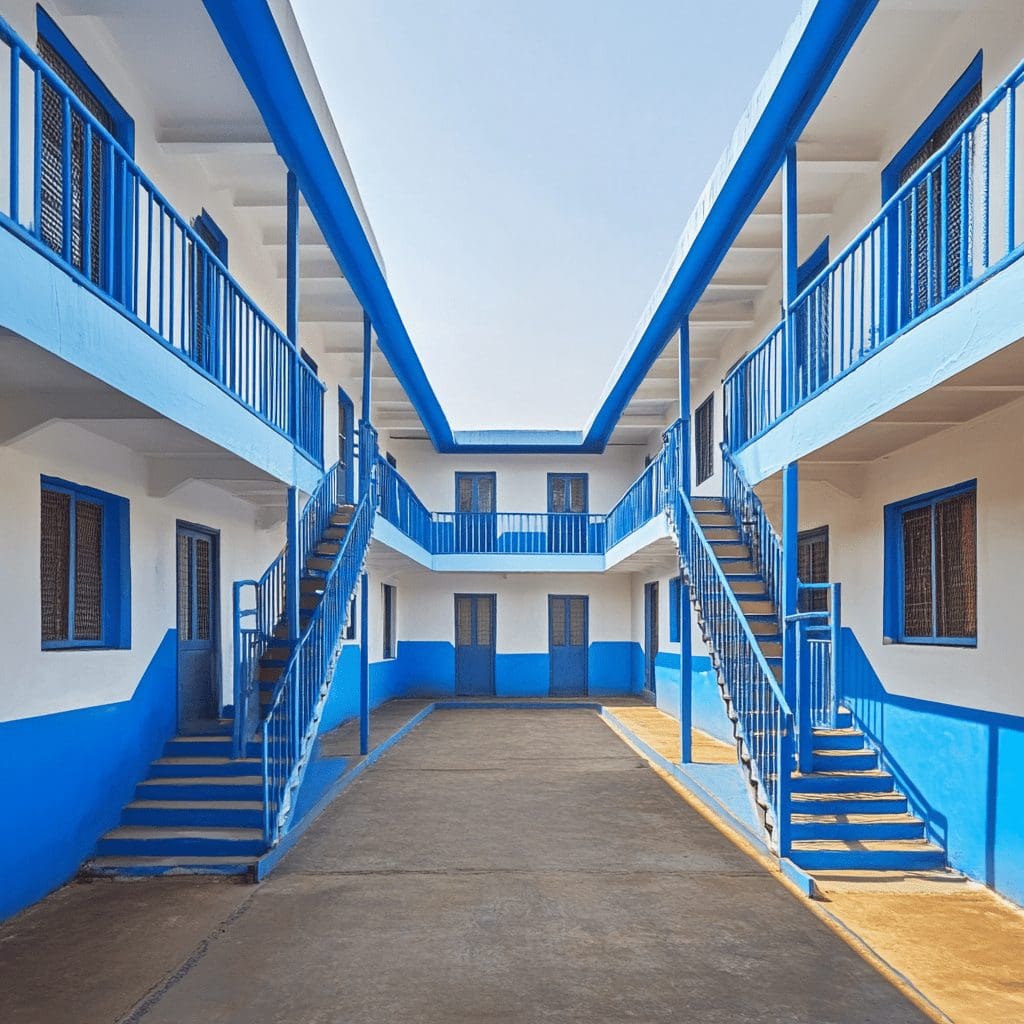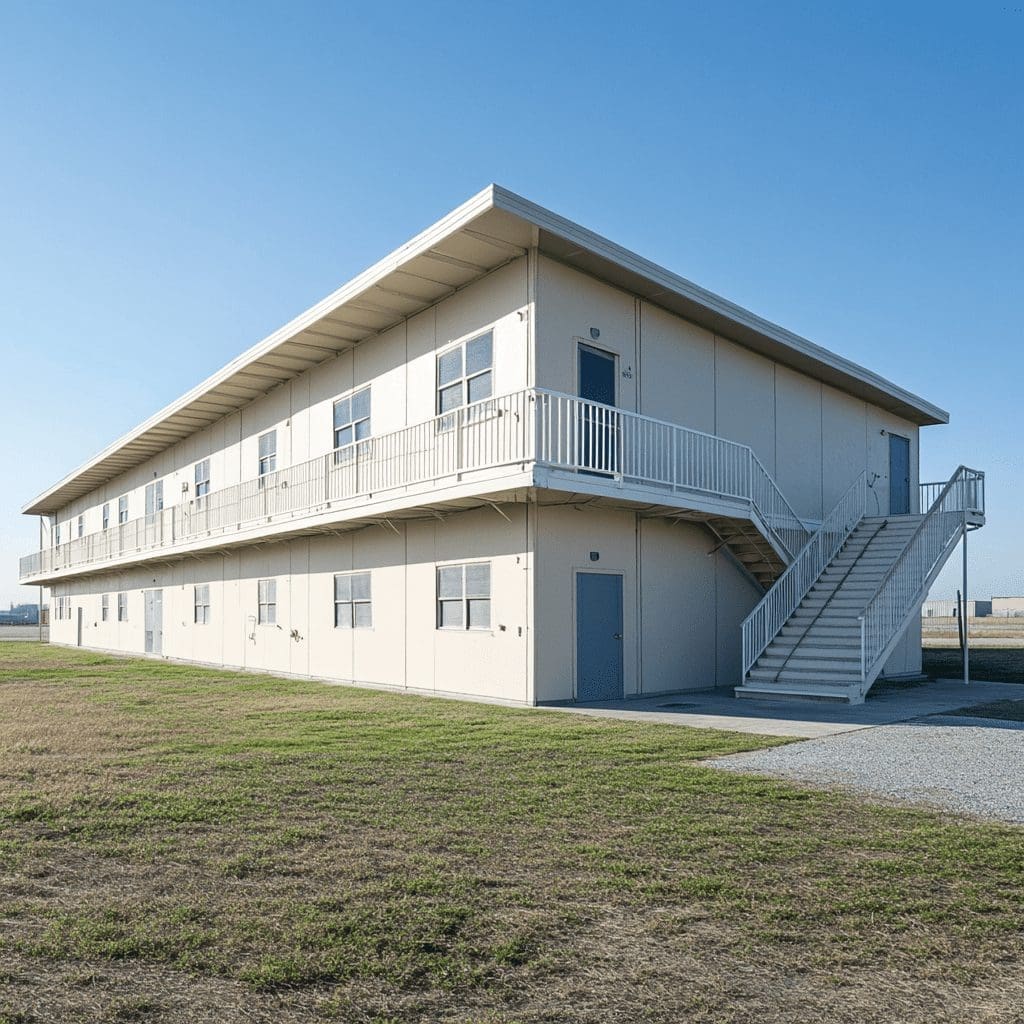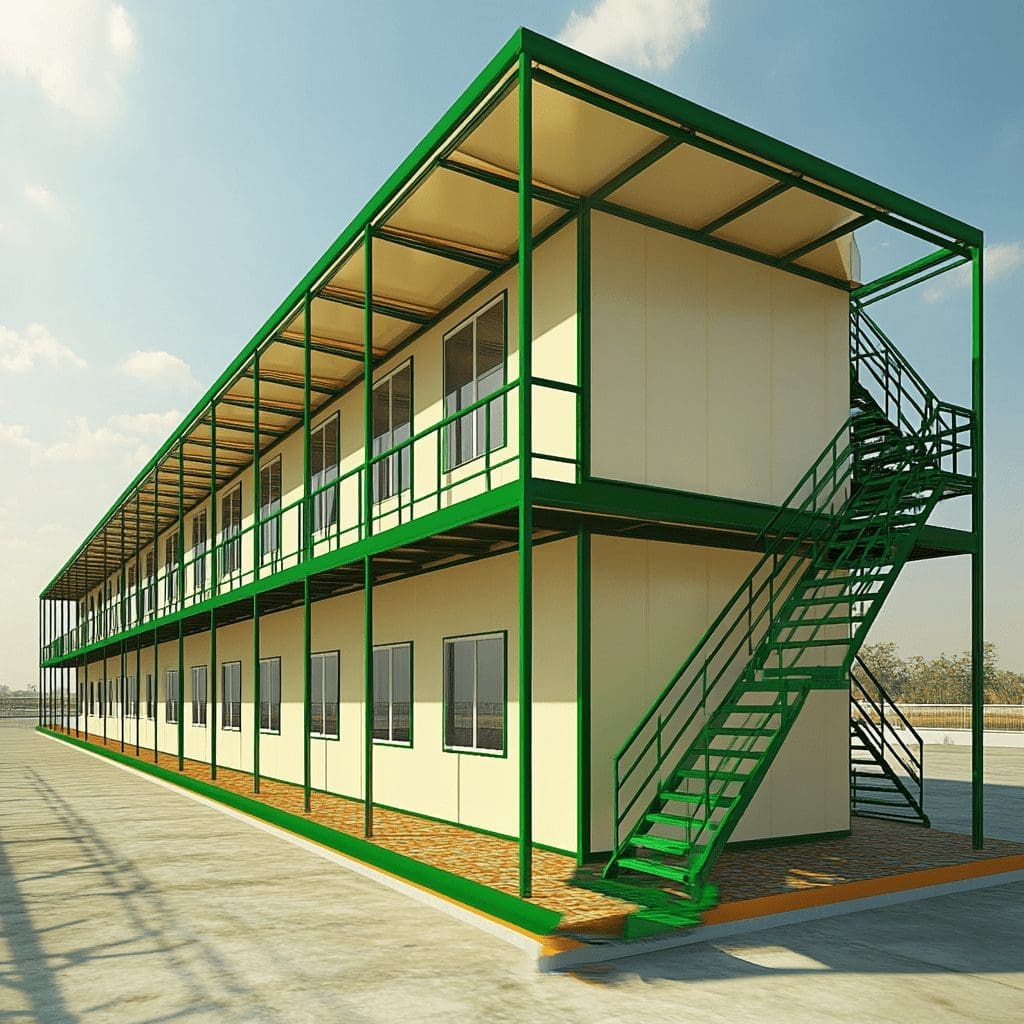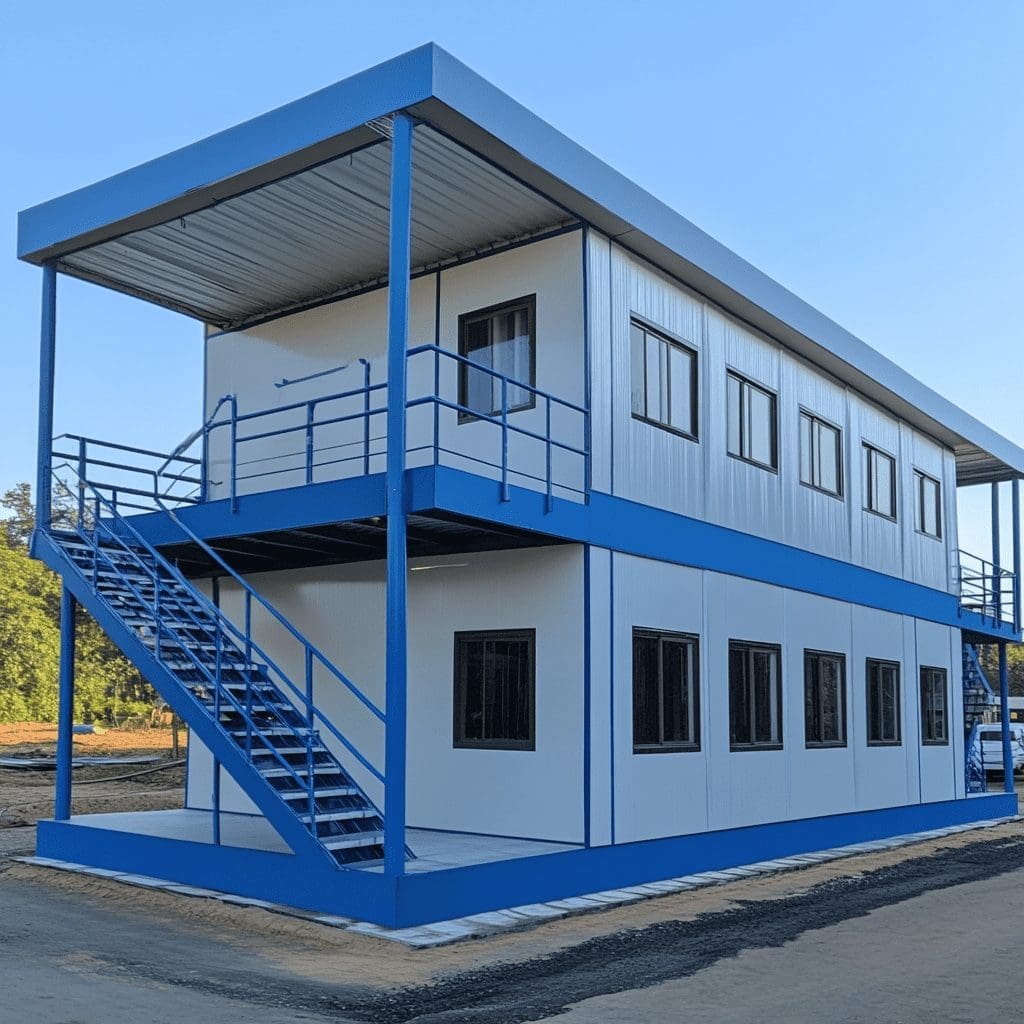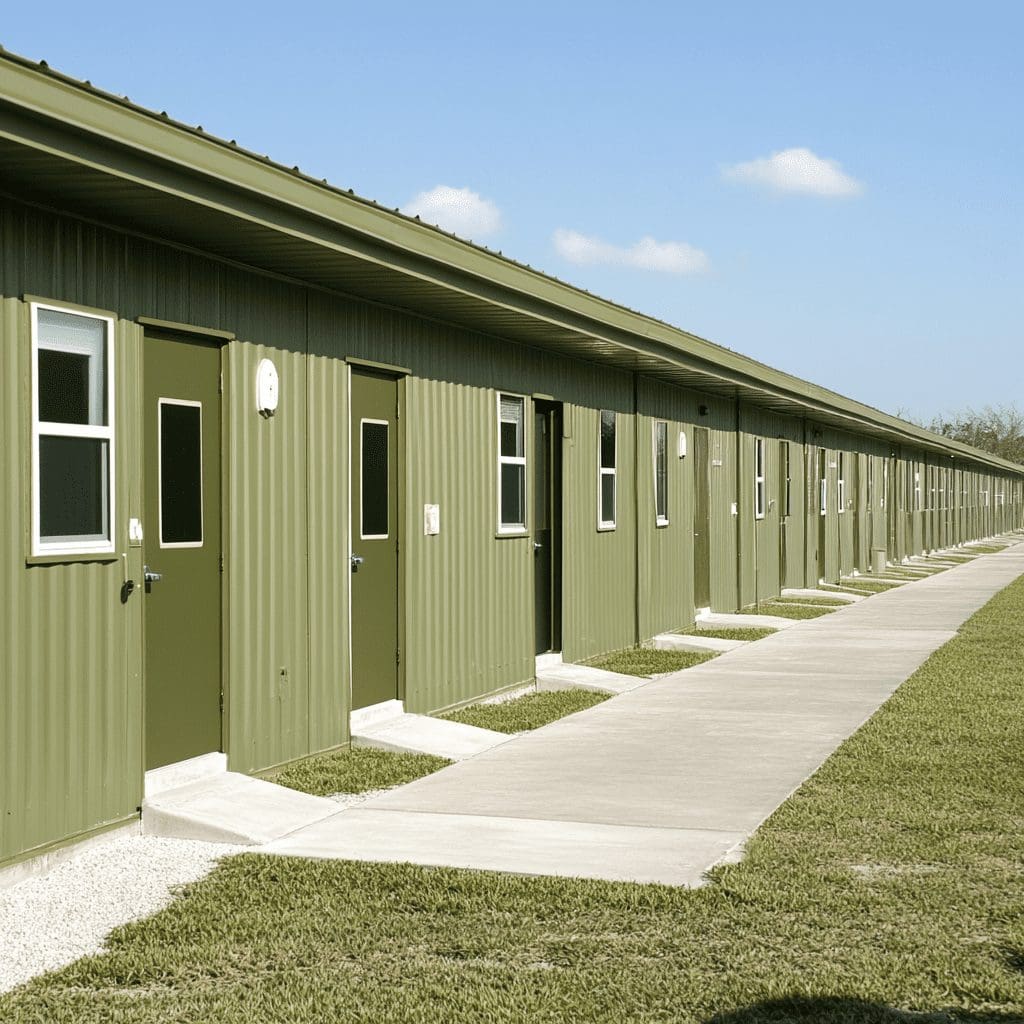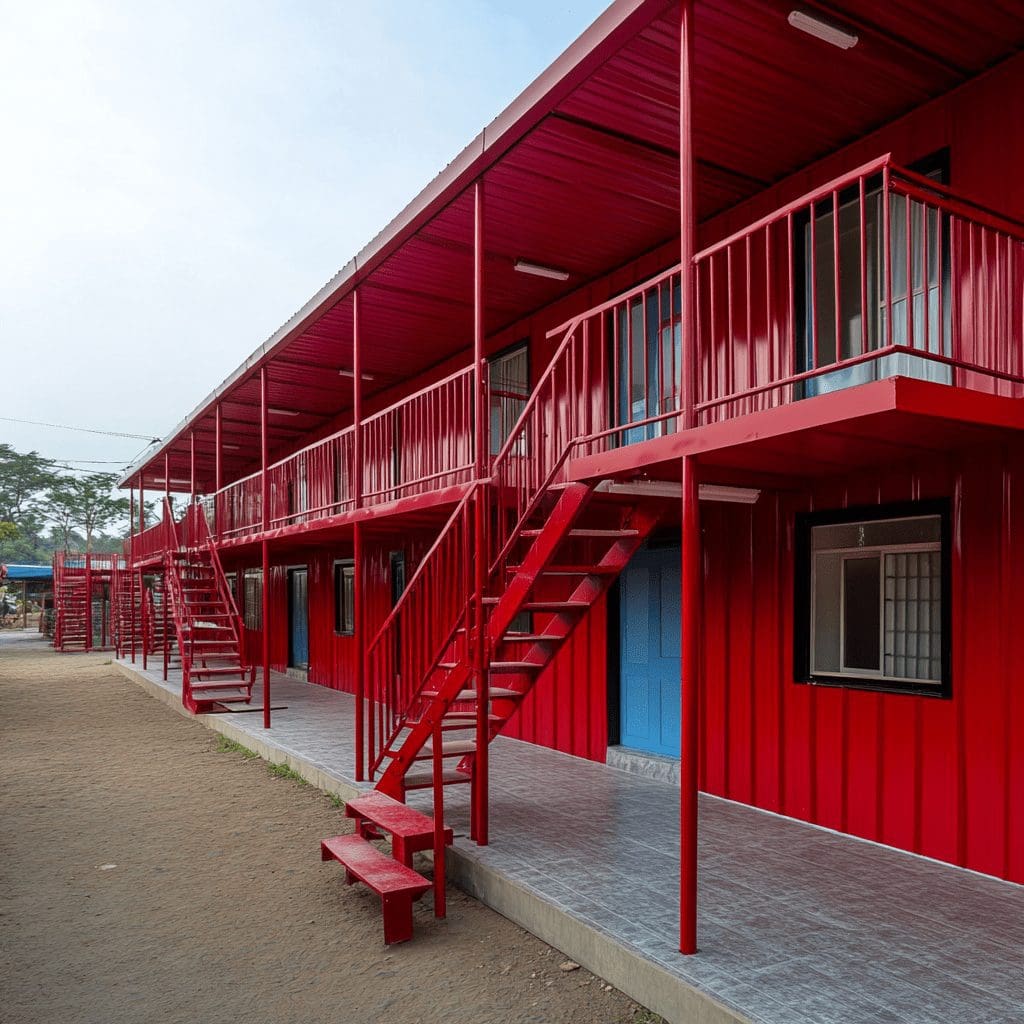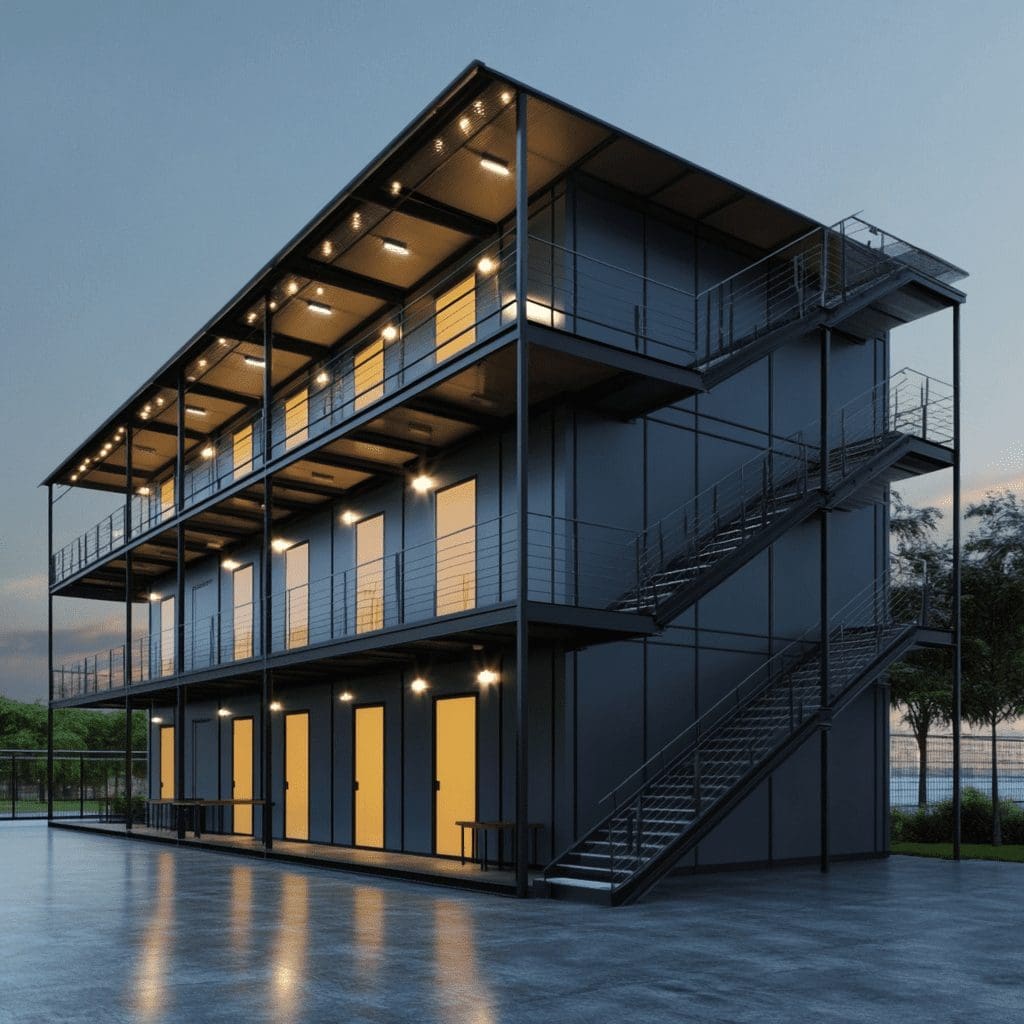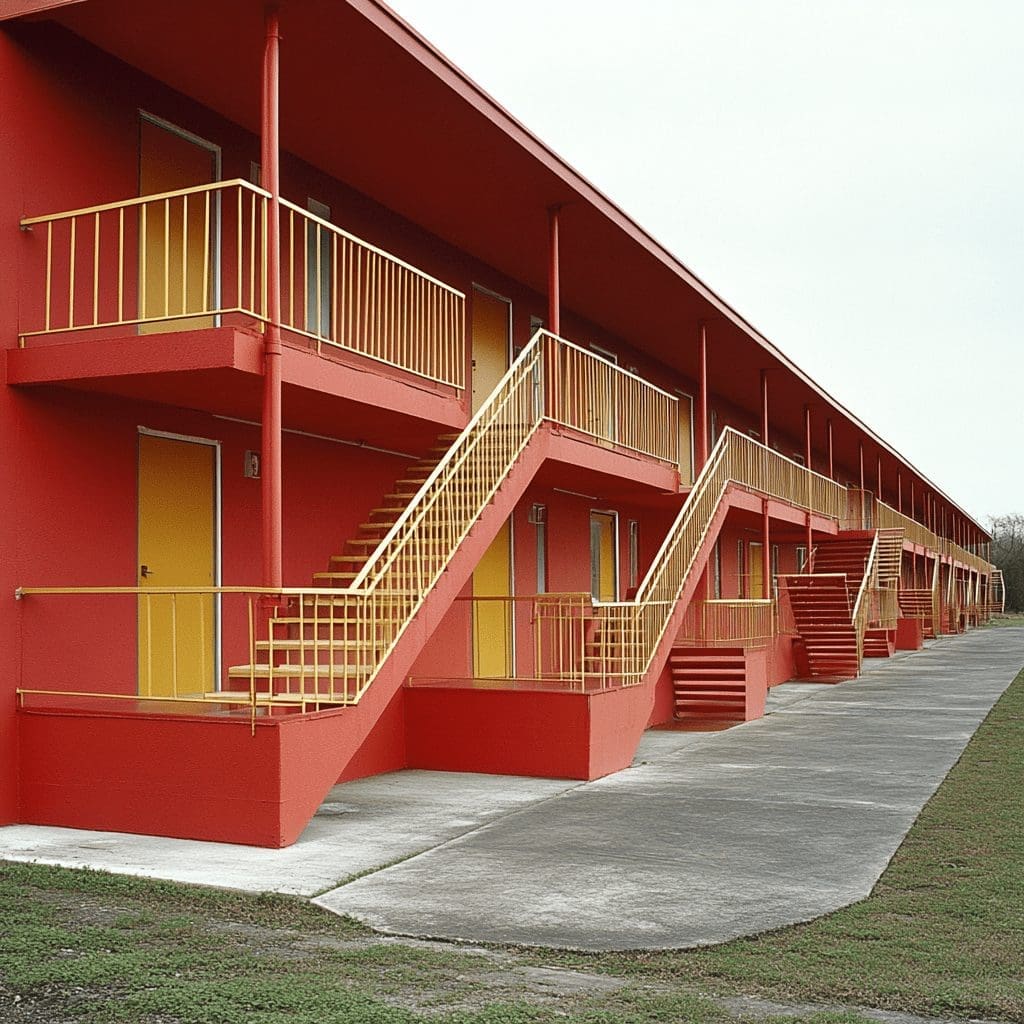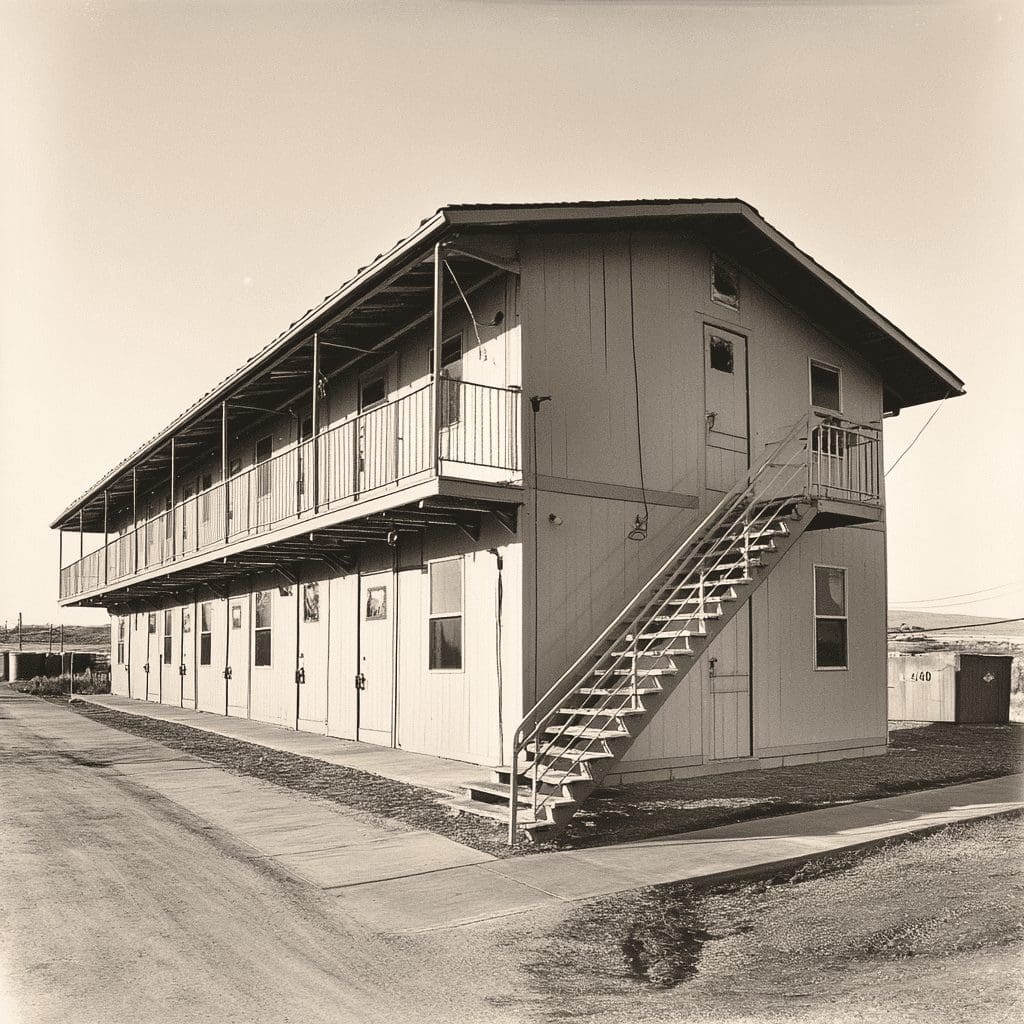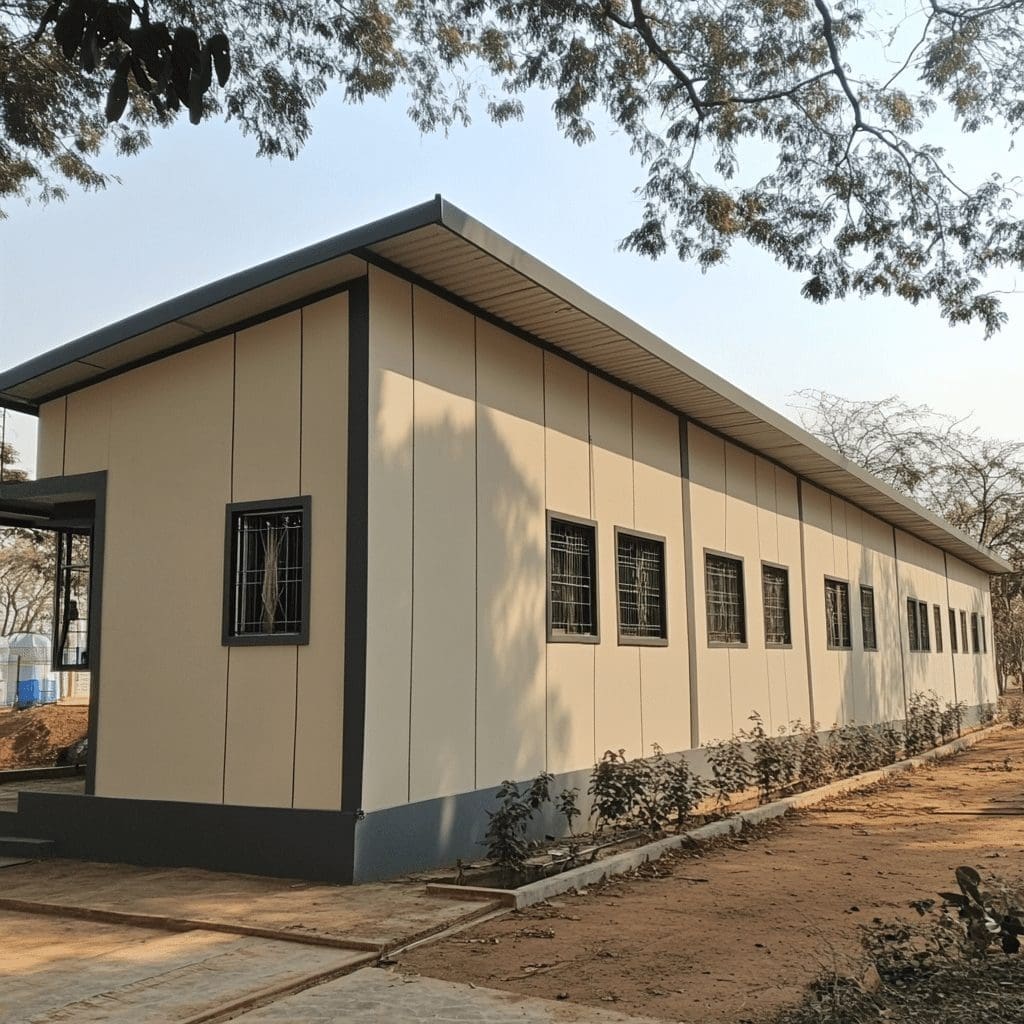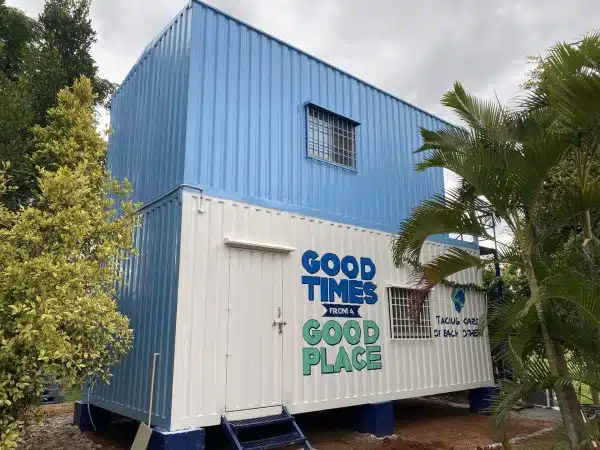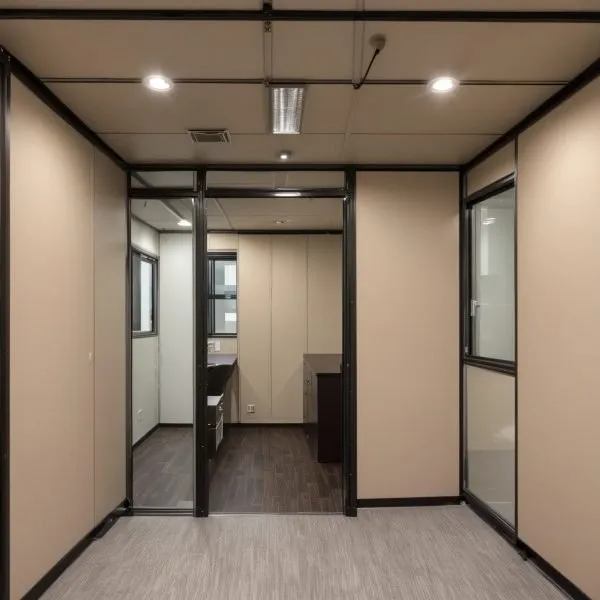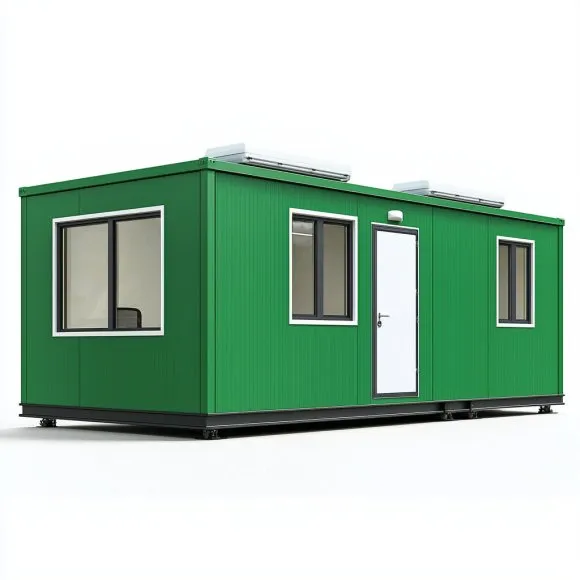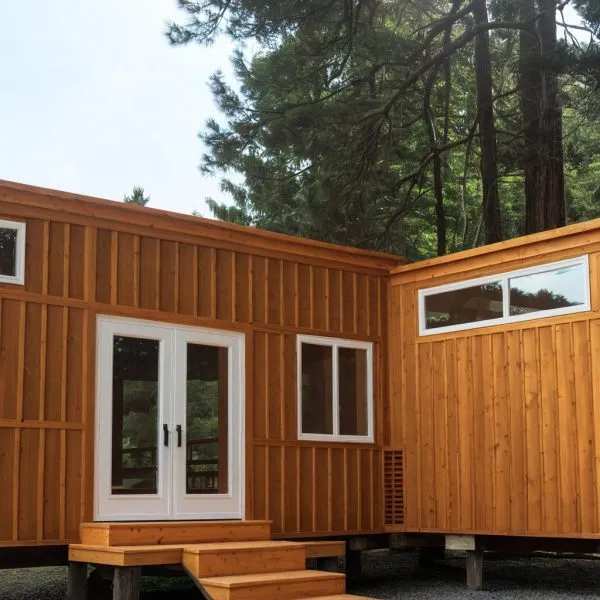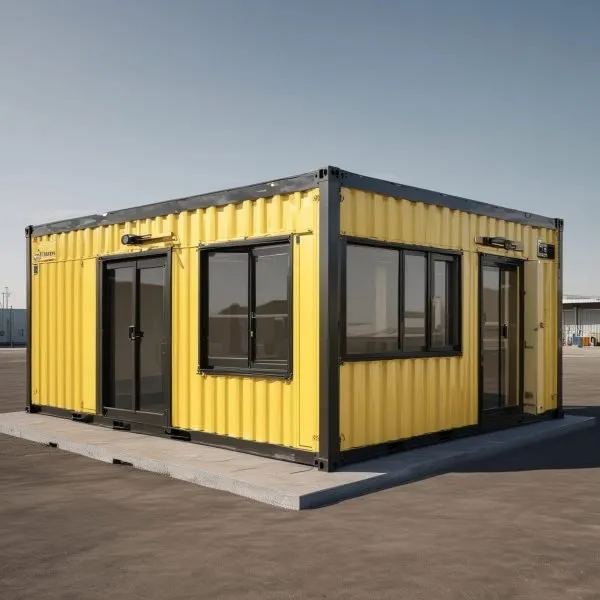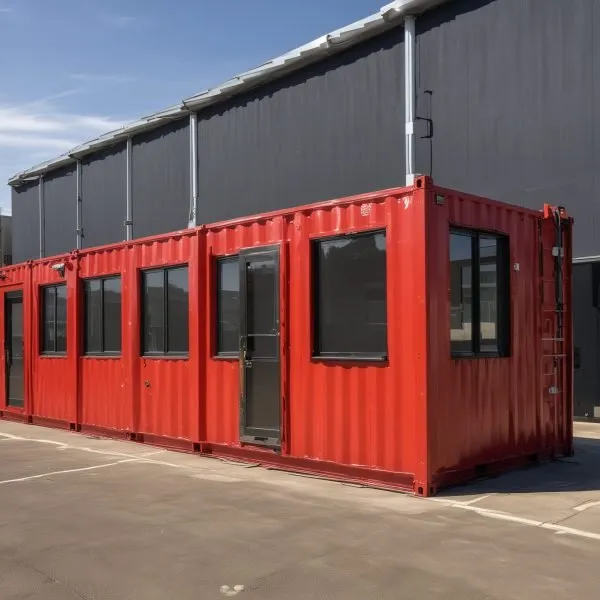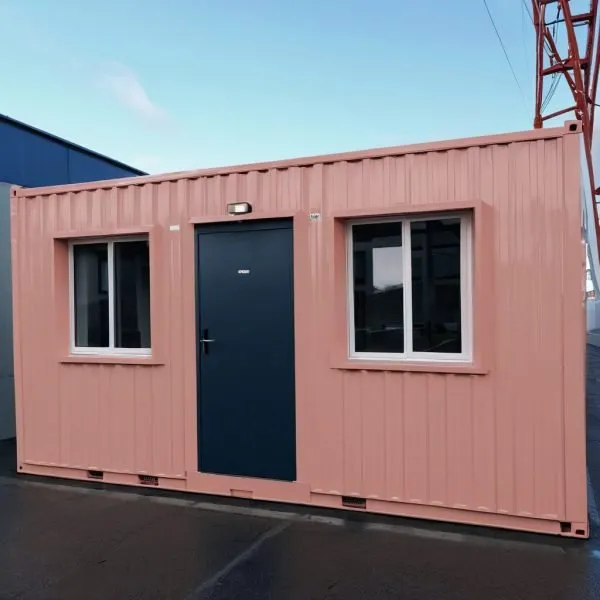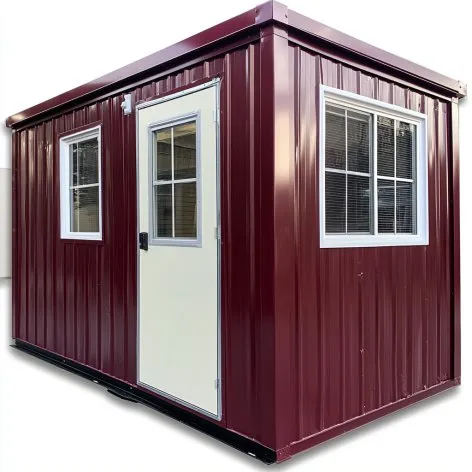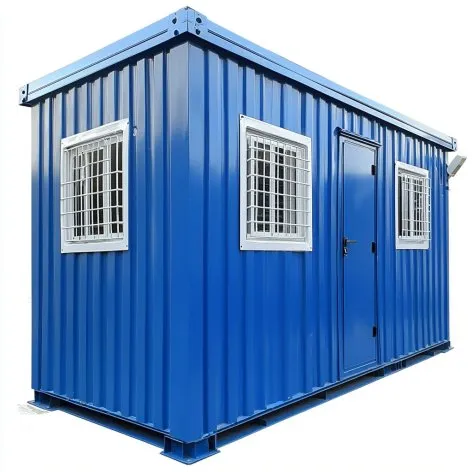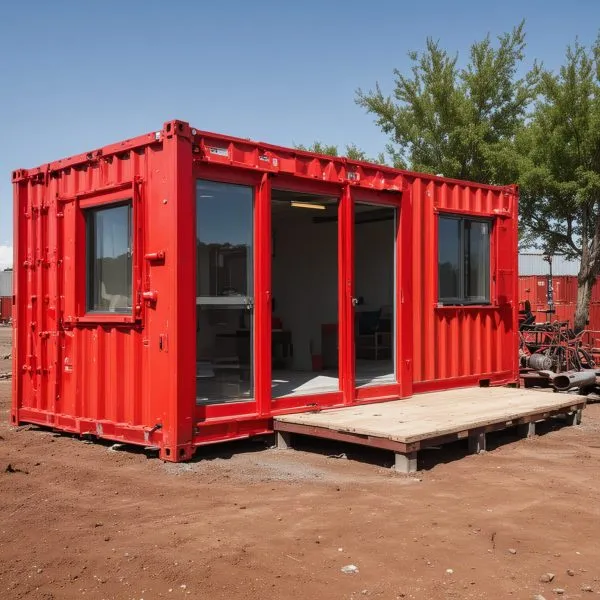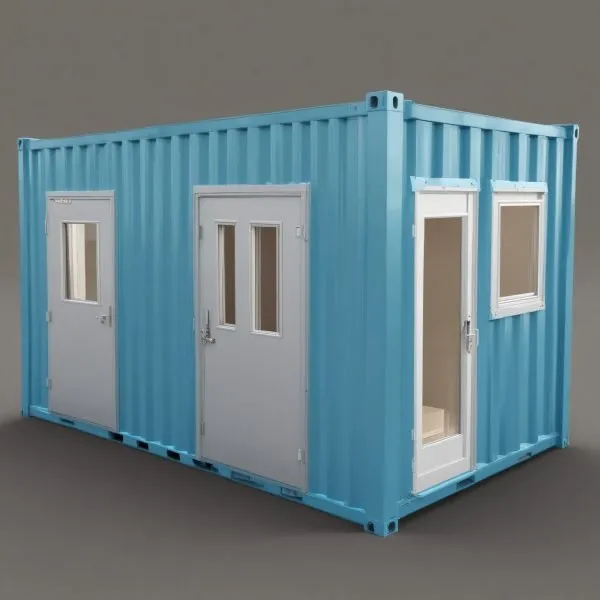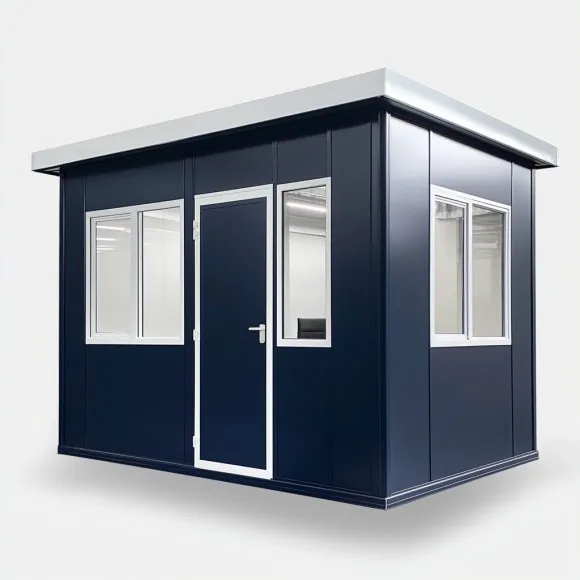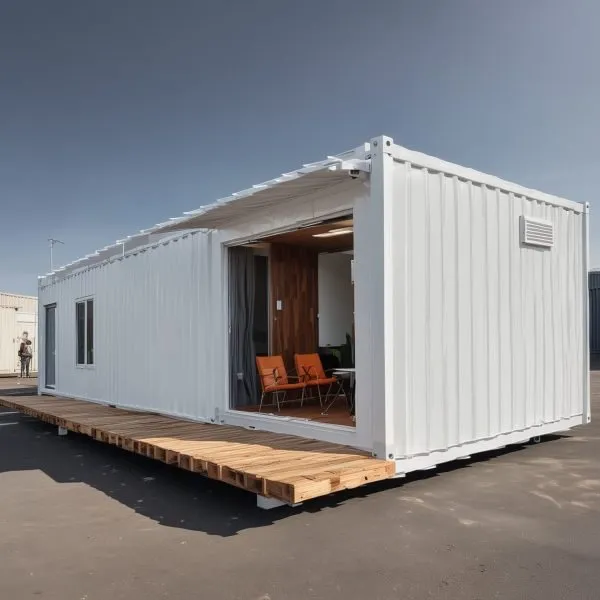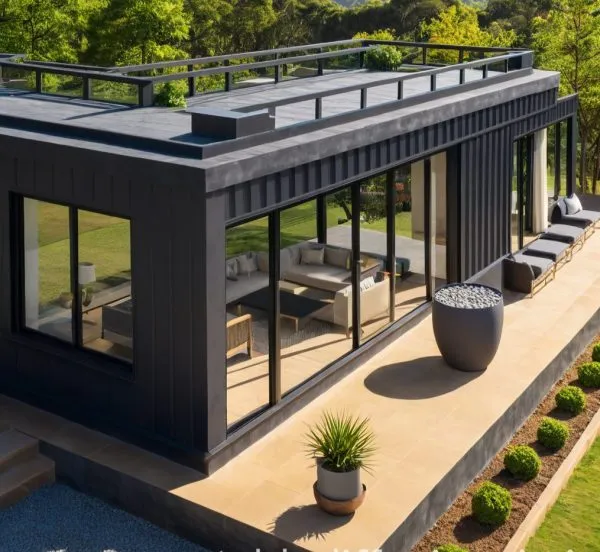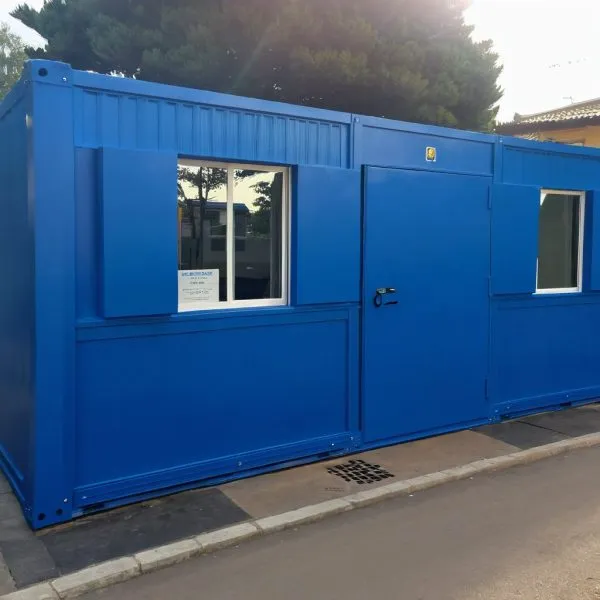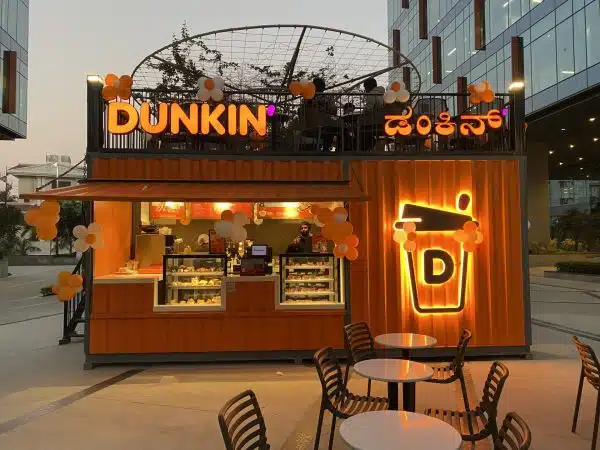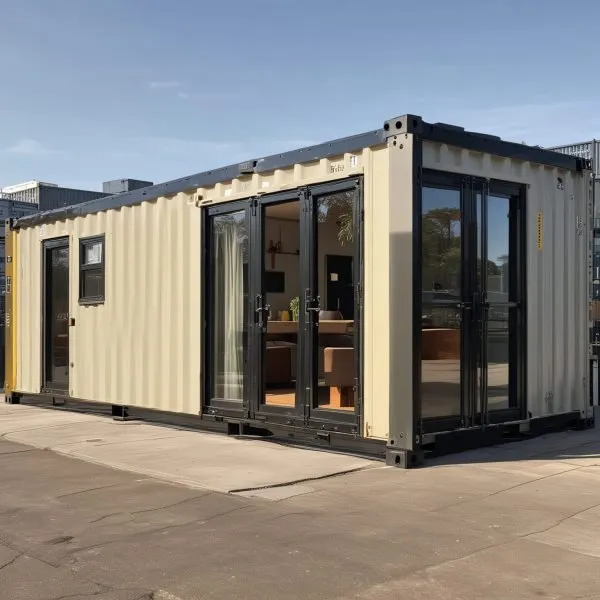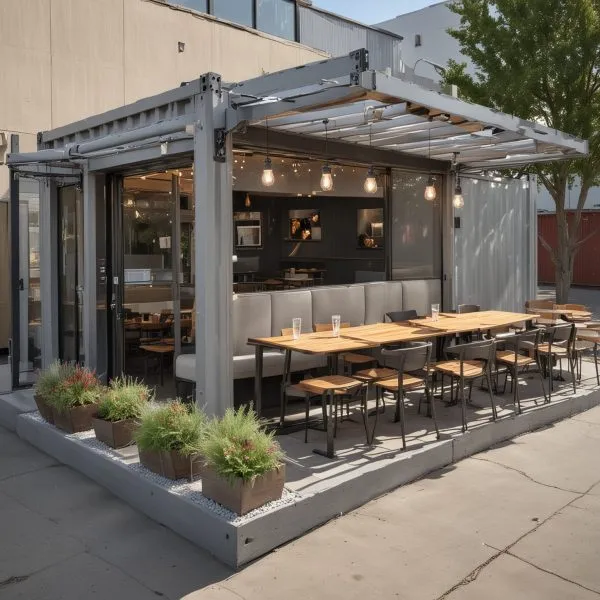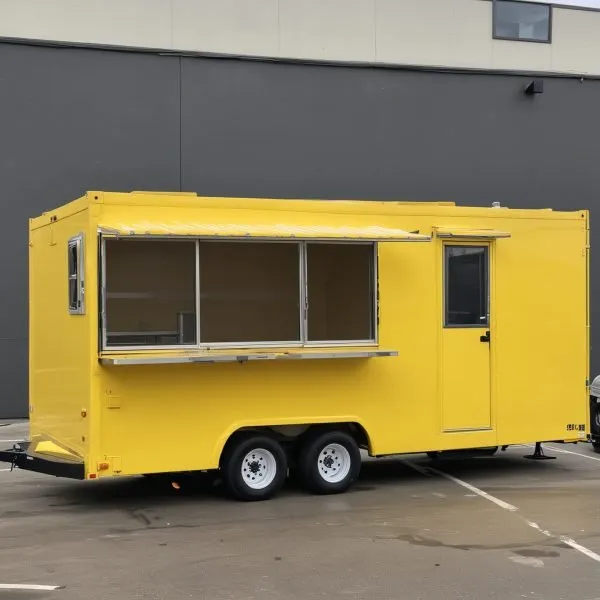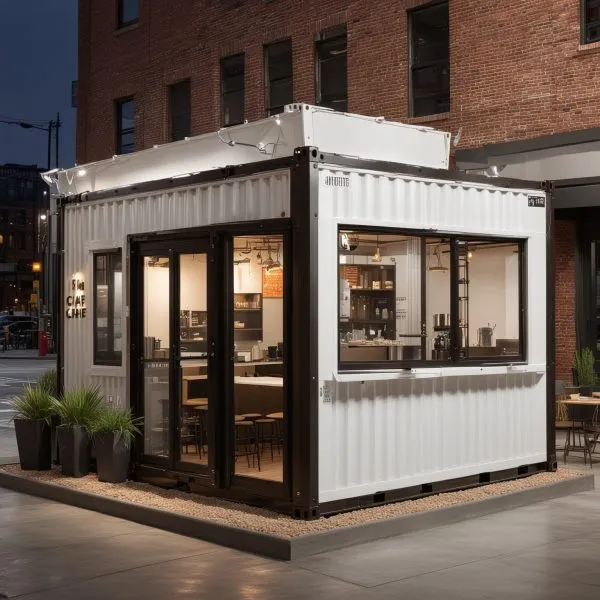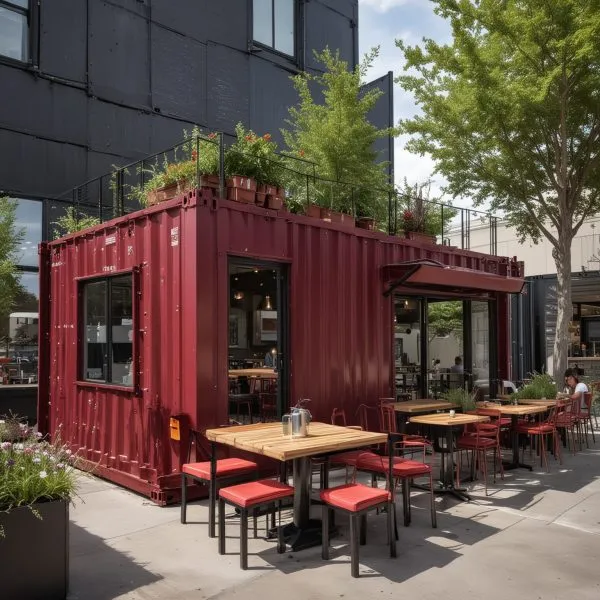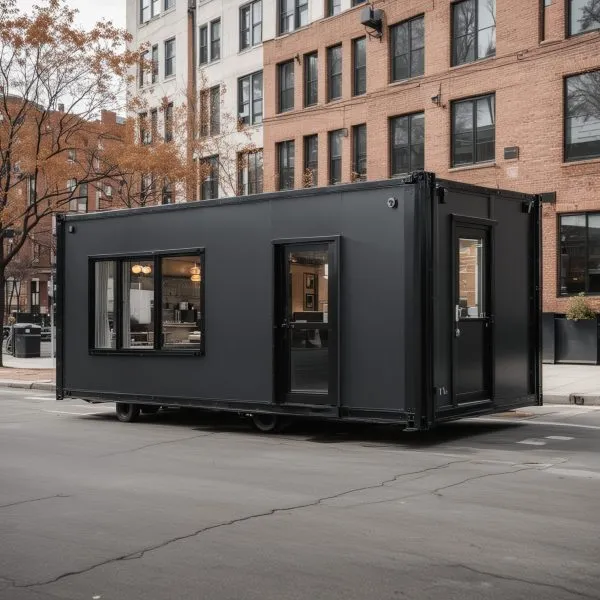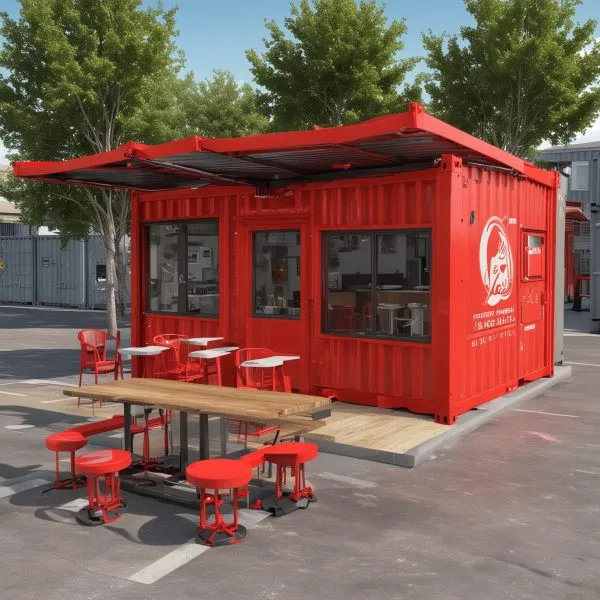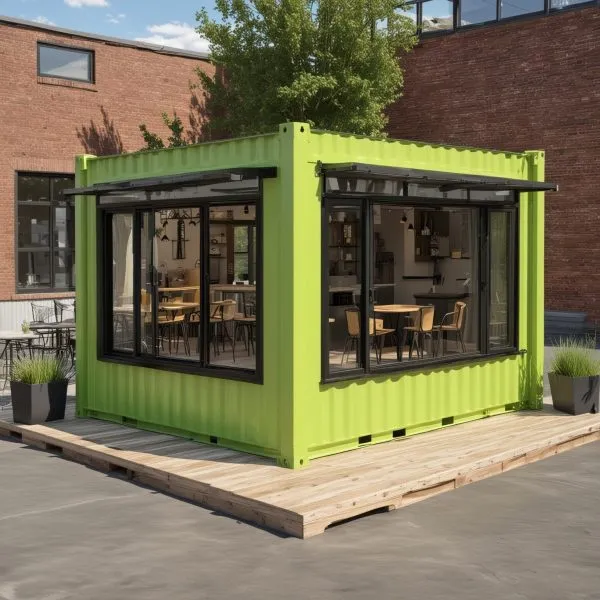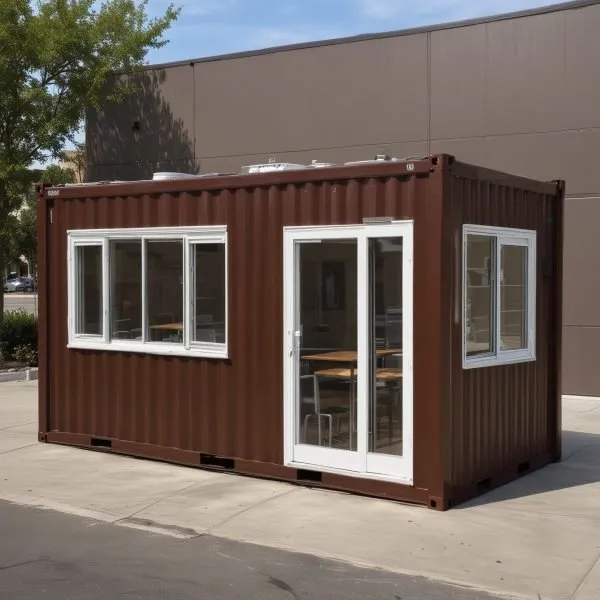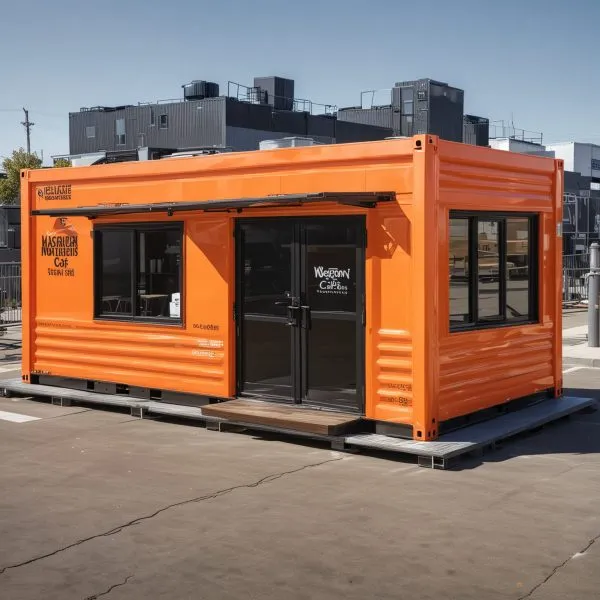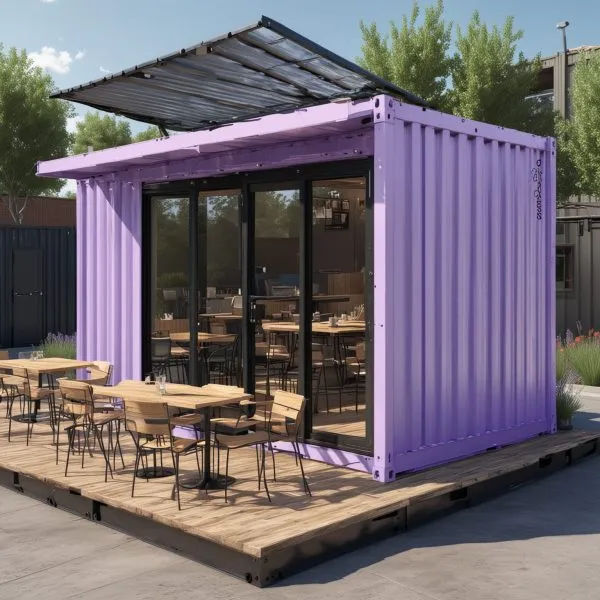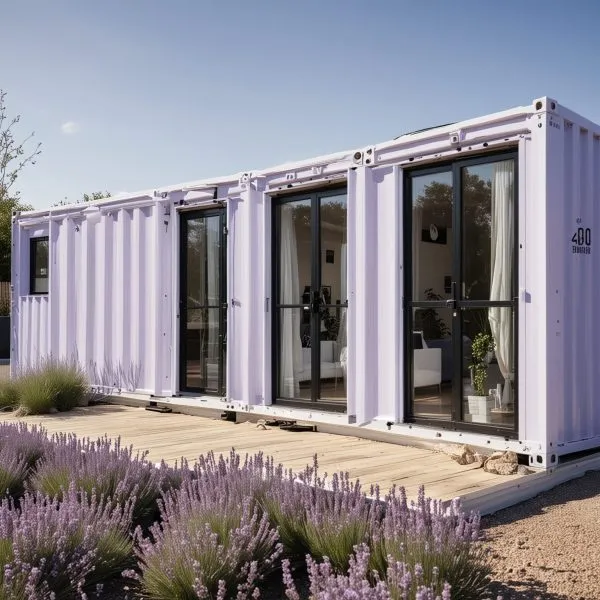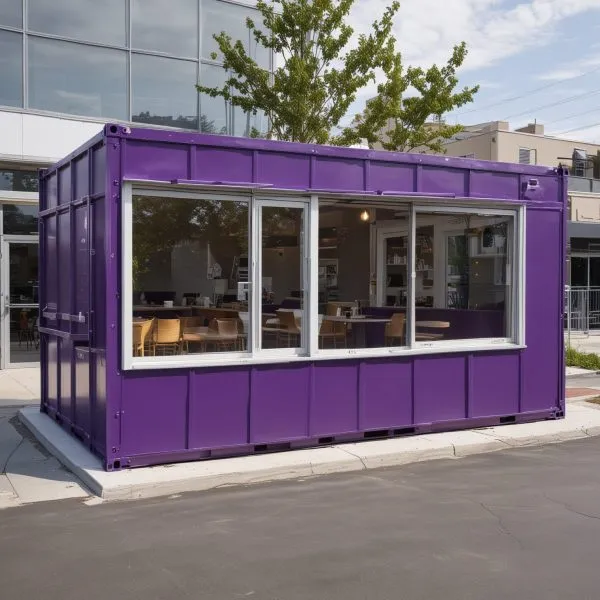Pre Engineering Building Cost: A Complete Guide for 2025
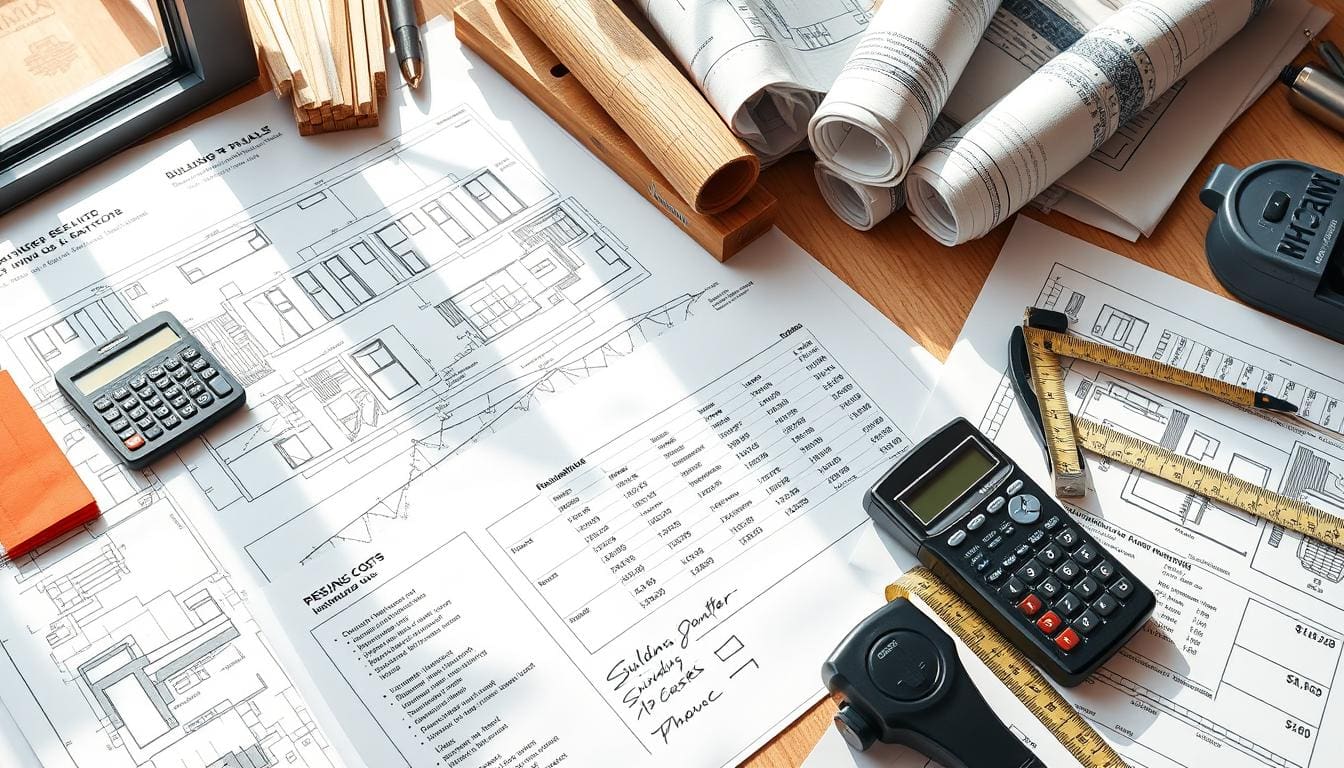
Are you looking to stretch your construction budget without surprises? Pre-engineered metal buildings (PEMB) could be your answer in 2025.
Steel building makers are always improving, changing how we think about construction costs. Now, pre-engineered building costs are between $10 and $25 per square foot. This is a great option compared to traditional building ways.
This guide will take you through the world of pre engineering building costs. We aim to help you make smart choices for your next project. We know budgets and project needs can be tricky. That’s why we offer clear, useful advice.
Key Takeaways
- Pre-engineered metal buildings offer cost-effective solutions for various construction needs
- Costs range from $10 to $25 per square foot, with flexibility based on specific requirements
- Reduced construction time compared to traditional building methods
- Customization options allow for tailored solutions across different industries
- Potential for significant long-term cost savings through efficient design
Understanding Pre-Engineered Metal Buildings
Pre-engineered metal buildings are a game-changer in construction. They offer flexibility and efficiency for businesses in many industries. Metal building makers have changed how we design buildings, creating modular steel structures for different needs.
These buildings use the latest in engineering and design. Metal building makers use advanced methods to create custom solutions for clients.
Key Components of Pre-Engineered Structures
Pre-engineered metal buildings have key parts:
- Primary steel framing
- Secondary framing elements
- Roof and wall sheeting
- Structural connections
- Foundation systems
Primary Building Materials
The heart of modular steel buildings is high-quality materials. Steel is the main material, with different grades and treatments for strength.
Manufacturing Process
The making of pre-engineered metal buildings is complex. Metal building makers use advanced CAD software for detailed plans. This ensures the buildings work well and efficiently.
Here are the main steps in making these buildings:
- Detailed architectural planning
- Precision material cutting
- Structural component fabrication
- Quality control inspection
- Preparation for on-site assembly
Knowing these basics helps businesses choose the right pre-engineered metal building for their needs.
Pre Engineering Building Cost Breakdown

Understanding the cost of pre-engineered buildings is key for businesses planning to build. The cost of materials for these buildings varies a lot. In India, it usually ranges from Rs. 300 to Rs. 600 per square foot.
Important cost parts for pre-engineered building materials include:
- Structural steel frame (60-70% of total project cost)
- Foundation and site preparation (10-15% of budget)
- Design and engineering expenses (5-10% of project cost)
- Installation charges (10-15% of overall expenses)
Several factors affect the total cost of a pre-engineered building:
- Building size and complexity – Larger structures need more materials
- Location and transportation expenses
- Specific application requirements
- Material grade selection
Project-specific needs can also change costs. For example, buildings for cold storage or those needing fireproof coatings cost more. Steel grades E250 and E350 are often used, with prices depending on the material.
By looking at these cost parts, businesses can make better choices. This can lead to big savings over time compared to traditional building methods.
Benefits of Choosing Pre-Engineered Structures
Pre-engineered structures have changed the construction world. They offer big advantages for companies looking for efficient and green building options. We know how important it is for businesses to have flexible and cost-effective workspaces.
Our construction method brings many benefits. It makes pre-engineered structures stand out from old building ways. When you look at our porta cabins, you’ll see how flexible and affordable they are.
Cost Efficiency Advantages
Pre-engineered metal buildings save money:
- Construction costs can be up to 30% lower than traditional methods
- Less on-site labor is needed
- It’s easier to plan your budget
- Lower costs for upkeep over time
Time-Saving Benefits
Check out our container office designs for faster projects. Pre-engineered structures are built in almost half the time of traditional buildings. This means you can start working sooner.
Environmental Impact
Sustainability is key in our pre-engineered buildings:
- Less waste is made during construction
- Many materials can be recycled
- They are designed to save energy
- They help reduce carbon emissions
Choosing pre-engineered structures helps businesses save time and money. It also supports green construction practices.
Market Analysis and Price Trends for 2025

The pre-engineered buildings market is growing fast. It’s a great time for businesses looking for efficient and mobile office solutions. Our detailed analysis shows what the future holds for 2025.
The market’s value is looking up, with a global forecast of USD 30,019.92548 million by 2030. It’s expected to grow at a strong Compound Annual Growth Rate (CAGR) of 13.90%.
- Global market value in 2023: USD 18.51 billion
- Projected market value by 2032: USD 47.72 billion
- Expected CAGR from 2023 to 2032: 11.10%
Looking at regions, Asia Pacific leads the market. It accounted for USD 4,217.9642 million in 2021. This is due to a growing corporate world and more demand for flexible workspaces.
Market segments are also showing promising trends:
- Steel segment maintains market leadership
- Single-story structures represent the largest market share
- Multi-story segments anticipate highest growth rates
Explore efficient and mobile portable office cabins that fit these trends. New technologies and partnerships are changing the pre-engineered buildings scene. They offer businesses more flexibility and savings.
Factors Affecting Construction Costs
When planning a pre-engineered building project, it’s key to know what affects costs. We’ll look at the main elements that can change your investment. This will help you make smart choices.
Understanding construction costs is complex. It involves many variables. Check out versatile portable cabins for any purpose to see how different factors affect your budget.
Building Size and Complexity
The size and design of your building are big factors in costs. Consider these:
- Total square footage
- Structural complexity
- Number of custom design elements
- Architectural uniqueness
Location and Regional Factors
Where you build can greatly affect costs. Important regional factors include:
- Local building codes and regulations
- Climate and environmental conditions
- Accessibility of construction site
- Regional labor and material costs
Material Quality Selection
Choosing the right materials is critical for cost and performance. Think about these when picking materials:
- Durability of materials
- Long-term maintenance requirements
- Energy efficiency
- Recycled content and sustainability
By carefully looking at these factors, you can make your pre-engineered building project cost-effective. And meet your specific needs.
Cost Comparison with Traditional Construction
Businesses are finding out why container offices are great for saving money. Pre-engineered metal buildings (PEMBs) are cheaper than traditional construction.
Let’s look at the main cost differences:
- Construction Costs: PEMBs save 10-20% compared to traditional buildings
- Labor Expenses: You need fewer workers on site, saving up to 20%
- Material Utilization: You use less raw material, saving 15-30%
- Construction Timeline: Projects finish faster, saving 30-50% time
Traditional construction costs more because of customization on site. PEMBs are made in controlled places, saving on waste and cost. Wood buildings cost about $36 per square foot. PEMBs cost between $10 to $25 per square foot.
Container offices are perfect for businesses wanting to save on construction. The quick manufacturing, less waste, and fast completion make PEMBs a smart choice for those watching their budget.
PEMBs also save money in the long run. You could save up to 70% on maintenance costs over the building’s life.
Steel Types and Their Impact on Pricing
Choosing the right steel is key for managing costs in pre engineering buildings. Steel manufacturers offer many options. These choices can greatly affect both the cost and how well the building stands up.
Business owners need to know how different steels affect prices and building features. The type of steel picked can change how long the building lasts, how much upkeep it needs, and its value over time.
Galvanized Steel Options
Galvanized steel is great because it resists corrosion well. This makes it a popular choice for pre-engineered buildings. Its benefits include:
- Longer life span
- Less need for maintenance
- Better protection from the environment
Structural Steel Varieties
Structural steel has many grades, each with its own price tag. Prices vary based on:
- How strong it needs to be
- How complex the structure is
- How much it’s exposed to the elements
Cost Variations by Material Grade
The grade of material greatly affects the cost of pre engineering buildings. Those watching their budget should look closely at what materials they need. Prices range from:
- Basic structural steel: $8-$12 per square foot
- High-performance grades: $15-$25 per square foot
- Specialized alloys: $25-$40 per square foot
Steel manufacturers suggest doing a detailed cost vs. benefit analysis. This helps find the best steel for each project.
Building Code Requirements and Cost Implications

Understanding building codes is key for pre-engineered building projects. Metal building makers must follow local and regional rules. These rules affect design and construction costs. They also ensure buildings are safe and perform well in different weather conditions.
Important factors for modular steel buildings include:
- Seismic zone requirements
- Wind load resistance standards
- Energy efficiency regulations
- Local environmental protection guidelines
More than 70% of pre-engineered buildings follow national codes. These codes can make buildings up to 23.97% lighter than traditional ones. This means businesses could save money by choosing modular steel buildings.
Regional differences are important for code compliance. Different places have their own rules that affect costs. For example, coastal areas need buildings to withstand stronger winds, and areas prone to earthquakes need special support.
Costs related to building codes include:
- Extra engineering review costs
- Potential material upgrades
- Compliance certification costs
- Possible design changes
Smart strategy tip: Always include a 10% contingency budget to cover unexpected code-related expenses and possible design adjustments.
Design Customization and Associated Costs
Pre engineered building materials give businesses a lot of flexibility. They help create spaces that fit your needs perfectly. And they do it all while keeping costs in check.
When looking at design options for peb structure material, several things affect costs:
- Architectural complexity
- Interior finishing selections
- Specialized functional requirements
- Performance-specific modifications
Architectural Feature Customizations
Innovative design elements can make your pre-engineered building stand out. You can add:
- Custom facade treatments
- Unique roofline configurations
- Specialized door and window placements
- Enhanced exterior aesthetics
Interior Finishing Options
Customizing the inside of your building affects both its use and cost. You can choose from simple to advanced options. Prices vary, from ₹85/sq ft to ₹1,450/sq ft for full packages.
Our team suggests finding a balance between your design dreams and budget. By picking the right customizations, you can make a great space without breaking the bank.
Labor and Installation Expenses

Looking into our range of porta cabins, it’s key to understand labor and installation costs. Pre-engineered buildings save a lot on labor compared to traditional building methods.
Labor costs are a big part of building costs. Several things affect these costs, including:
- Building complexity
- Local wage rates
- Skilled worker availability
- Project timeline
Our studies show pre-engineered buildings cut labor costs by 10-20% compared to traditional building. Prefabricated parts mean faster assembly on site. This leads to needing fewer workers and finishing projects quicker.
Checking out container office designs, you’ll see how easy they are to set up. Prefabrication means:
- Parts are made with precision in a controlled space
- Less labor is needed on site
- Less waste of materials
- Building goes faster
The factory setting cuts down on mistakes and planning issues, saving on labor costs. Steel buildings also need less upkeep, saving money in the long run and reducing ongoing labor costs.
Maintenance and Long-term Cost Considerations
Investing in pre-engineered metal buildings needs careful long-term planning. We help businesses find efficient and mobile portable office cabins. These require little maintenance.
Understanding Maintenance Essentials
Pre-engineered buildings need regular care to last longer and work better. How often you need to maintain them depends on:
- Location proximity to industrial zones
- Environmental conditions
- Specific building usage
Lifecycle Cost Analysis
We suggest a proactive maintenance plan to cut down long-term costs. Our studies show that well-kept pre-engineered buildings can:
- Save on maintenance costs by about 25%
- Last 15-20 years longer
- Lower repair costs
Maintenance Frequency Guidelines
The best maintenance schedule depends on the environment:
- Coastal areas: Check every 3 months
- Industrial zones: Do quarterly checks
- Dry regions: Maintain every 6 months
We aim to help you get the most from your investment in efficient and mobile portable office cabins. We do this through smart maintenance planning.
Popular Applications and Industry-Specific Costs

Pre-engineered metal buildings (PEMBs) are now used in many industries. They offer flexible solutions for different needs. Check out versatile portable cabins for any purpose and see how they’re changing business spaces.
Different sectors use PEMBs in unique ways, each with its own cost factors:
- Warehousing and Logistics: Single-story pre-engineered buildings are common here. They offer affordable storage options.
- Agricultural Facilities: Farmers use portable cabins for storing equipment and managing livestock.
- Commercial Spaces: Retail and office spaces benefit from fast construction and flexible designs.
- Industrial Complexes: Manufacturing plants value the structural efficiency and customization options of PEMBs.
In India, the market for pre-engineered buildings is growing fast. Warehouses and industrial uses are expected to lead the growth. Commercial spaces will also see significant expansion.
These structures are cost-effective, making them appealing across industries. Check out versatile portable cabins for any purpose. They suit small startup spaces to large industrial complexes. By knowing your industry’s needs, you can design and build wisely, keeping costs in check.
Foundation Requirements and Site Preparation
Choosing the right foundation is key for pre-engineered buildings. Understanding site preparation and foundation needs is vital. This knowledge helps see why container offices are great for businesses.
Concrete foundations are the top choice for these structures. The design depends on several important factors:
- Local soil conditions
- Climate characteristics
- Building size and weight
- Regional building codes
Site preparation is a critical step that affects construction costs. Foundation expenses can vary a lot based on location. In places like Northern Alberta and British Columbia, costs can be 25-30% higher.
Soil conditions can make foundations more complex. About 1% of sites need special foundational work, like:
- Thicker foundation layers
- Additional reinforcement
- Pile implementation in muddy or clay terrains
Container offices are perfect for businesses with the right foundation planning. Standardized building parts cut down on material and design costs. This leads to big savings during site prep.
Good site preparation ensures the structure’s strength. It also lowers maintenance costs over time. It gives your business a solid foundation.
Insurance and Warranty Considerations
When you invest in pre-engineered buildings, knowing about insurance and warranties is key. Steel building makers offer full coverage for these unique structures. They check the building’s design and the environment to set the cost.
Liability insurance is vital for both owners and engineers. It’s cheaper for pre-engineered buildings because of their standard design and strong build. Insurers look at risks like cost overruns and asset changes to set coverage levels.
Coverage Options
Insurance for pre-engineered buildings covers defects, weather damage, and performance issues. Steel makers suggest full coverage from start to operation. It’s important to check policies for maximum loss and flexibility during project changes.
Warranty Terms and Costs
Warranties for pre-engineered buildings go beyond usual guarantees. Liability insurance might not cover all warranties. Owners should look closely at warranty terms and understand any limits. Good quality checks can also improve warranty reliability.
FAQ
What are pre-engineered metal buildings (PEMBs)?
Pre-engineered metal buildings are made in a factory and then put together on-site. They are a fast and efficient way to build compared to traditional methods. You can customize them to fit your needs.
How do pre-engineered buildings help reduce construction costs?
PEMBs cut costs in many ways. They are built faster, which saves on labor. They also use materials more efficiently and need less foundation work. This can save 30-50% compared to traditional buildings.
What factors most significantly impact pre-engineered building costs?
Several things affect PEMB costs. These include the building’s size, design, and location. Material quality, site prep, and local codes also play a role. Steel prices and labor rates in your area matter too.
Are pre-engineered buildings suitable for different industries?
Yes! PEMBs are used in many fields. They work well for warehouses, manufacturing, and even recreational buildings. Each industry can tailor the building to its needs.
How long does a typical pre-engineered building last?
With care, PEMBs can last 40-60 years. Their durability depends on the materials used and how well they are maintained. High-quality steel and coatings can help them last longer.
What are the primary advantages of choosing a pre-engineered building?
PEMBs are cost-effective and quick to build. They are flexible in design and energy-efficient. They are also durable and need little maintenance. They are a green choice too.
How do building codes affect pre-engineered building costs?
Codes can raise costs by requiring extra features. These include seismic safety, wind resistance, and energy standards. Manufacturers design buildings to meet these, but local rules might add more costs.
Can pre-engineered buildings be customized?
Yes, PEMBs can be customized a lot. You can choose the look, layout, and special features. This makes them fit your needs while keeping costs down.
What maintenance is required for a pre-engineered building?
Regular checks and cleaning are needed. You should also watch for rust and keep coatings in good shape. This keeps the building in top condition for a long time.
How do steel types impact the overall building cost?
The type of steel used affects cost and quality. Corrosion resistance and strength are key. You can choose from standard steel to premium options, each with its own price and benefits.
 Container Cafe
Container Cafe